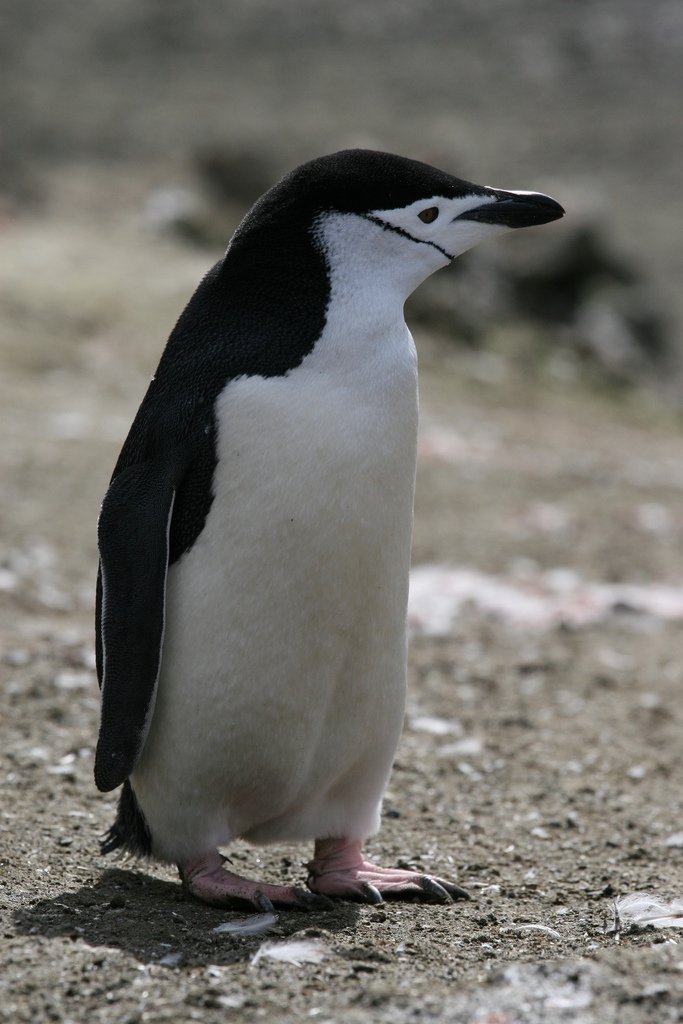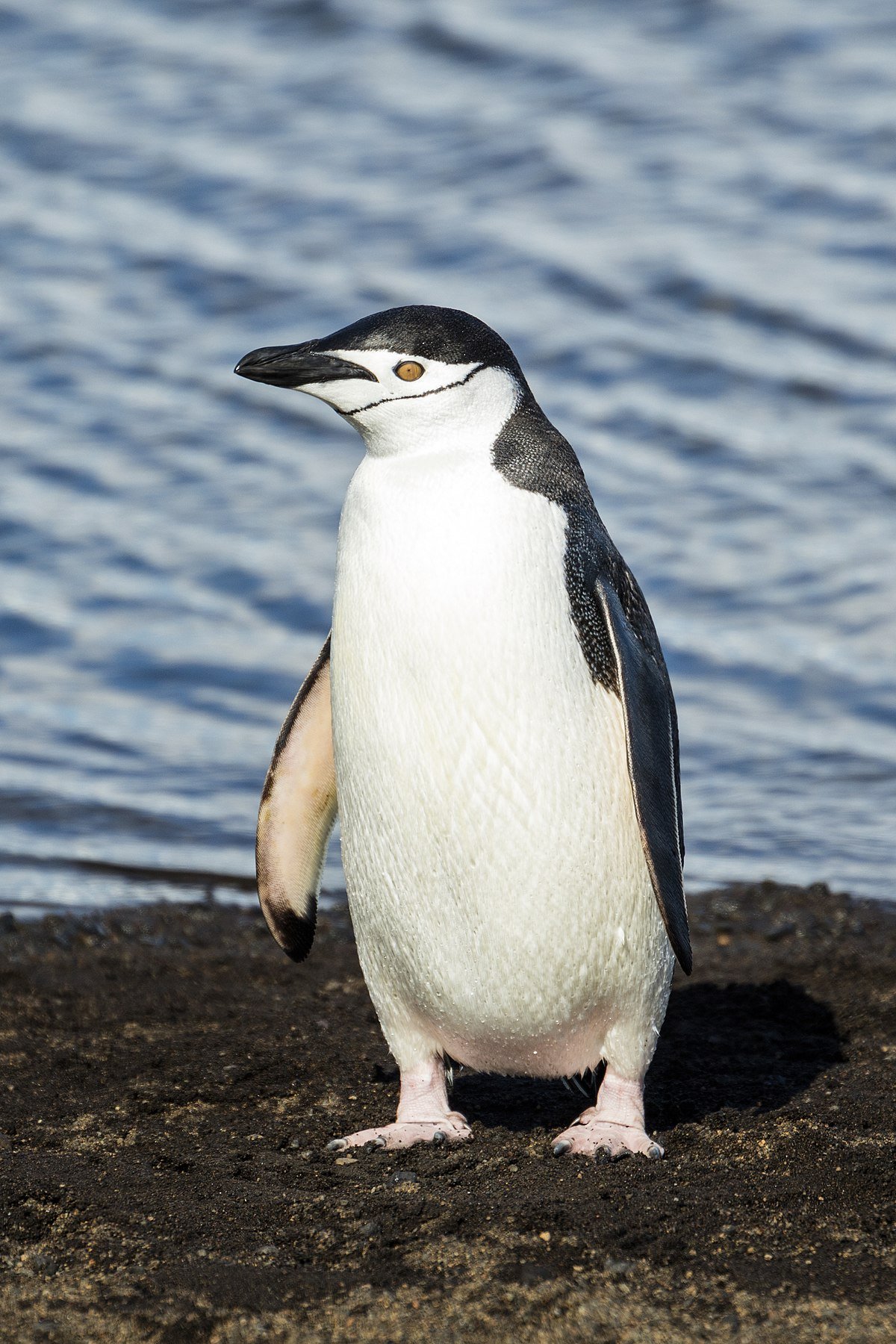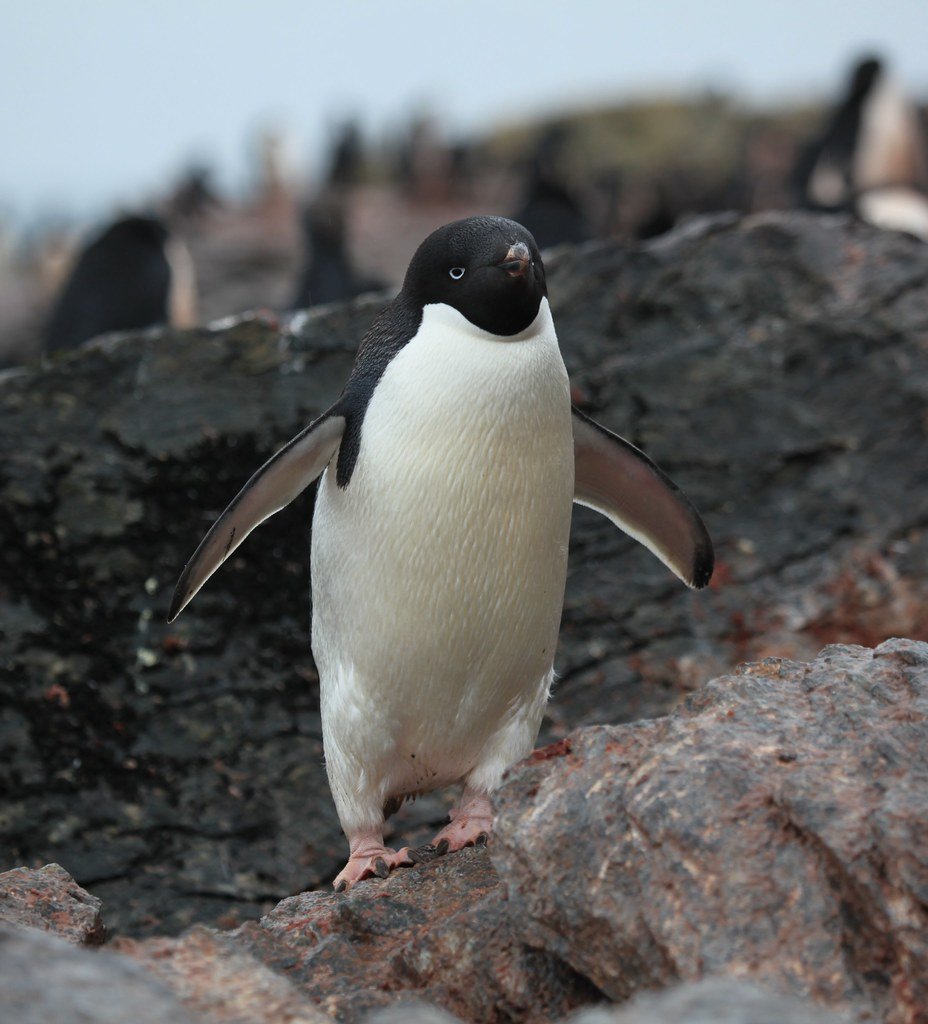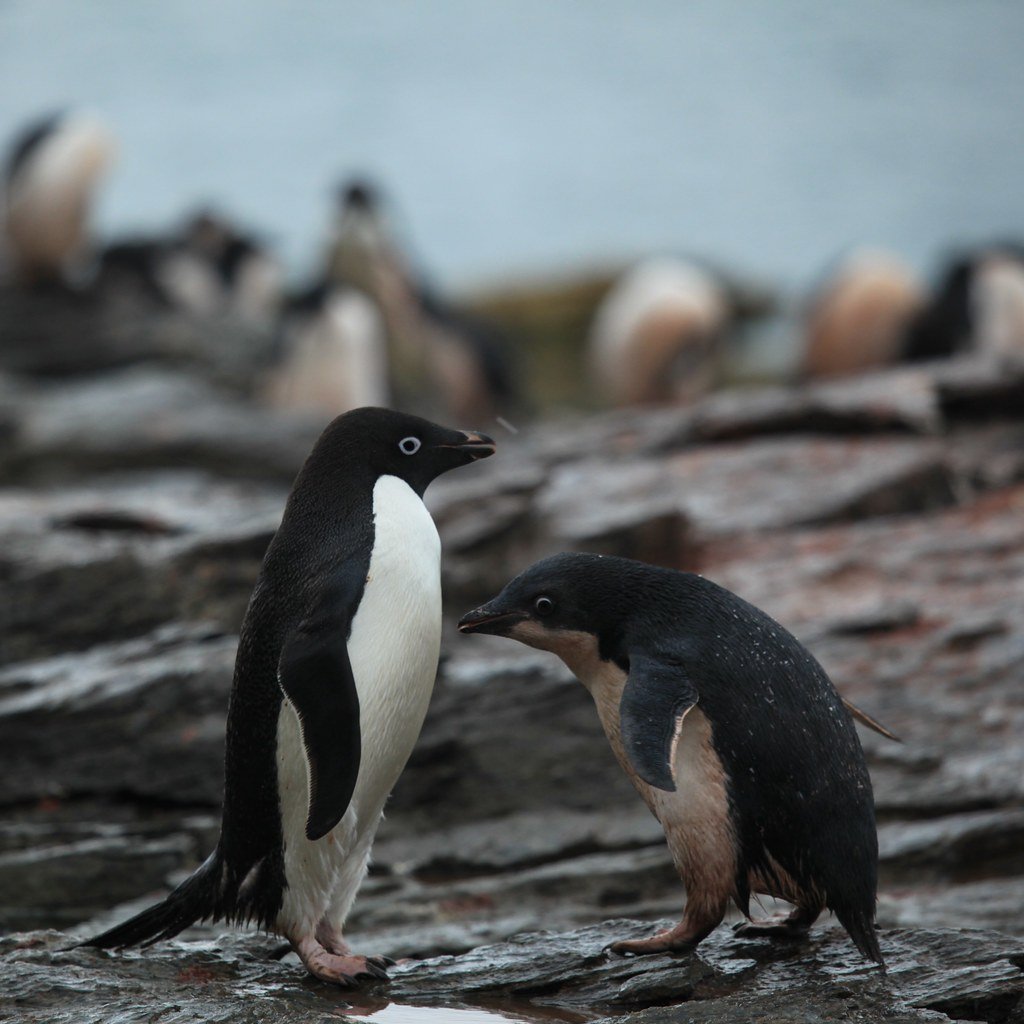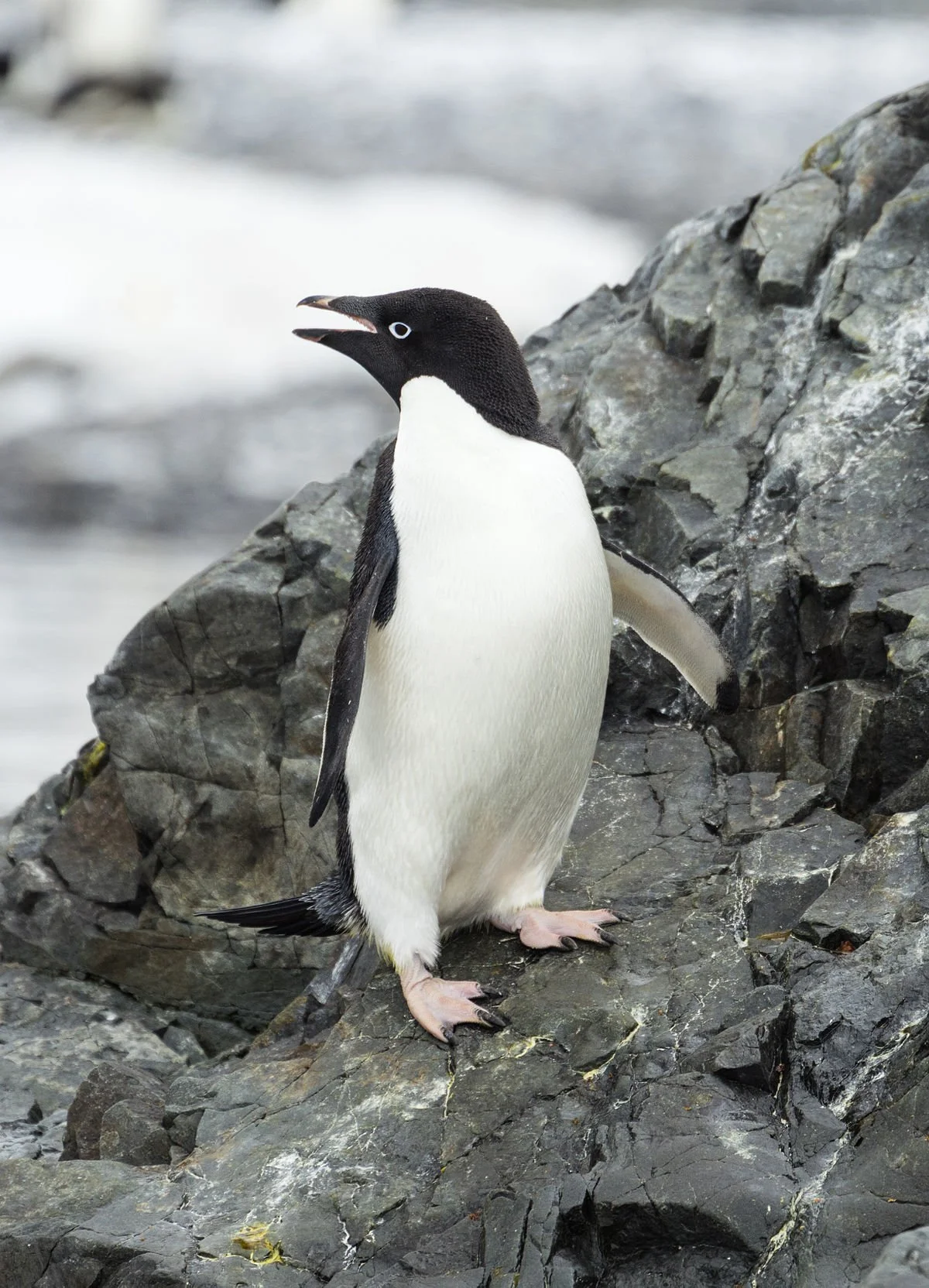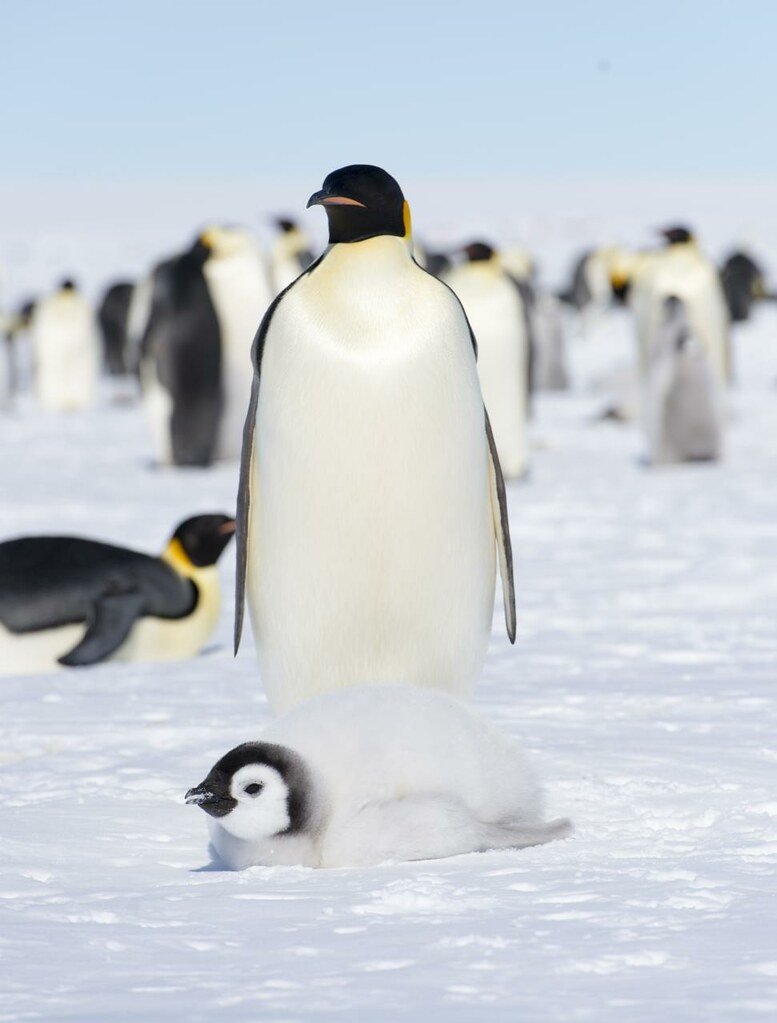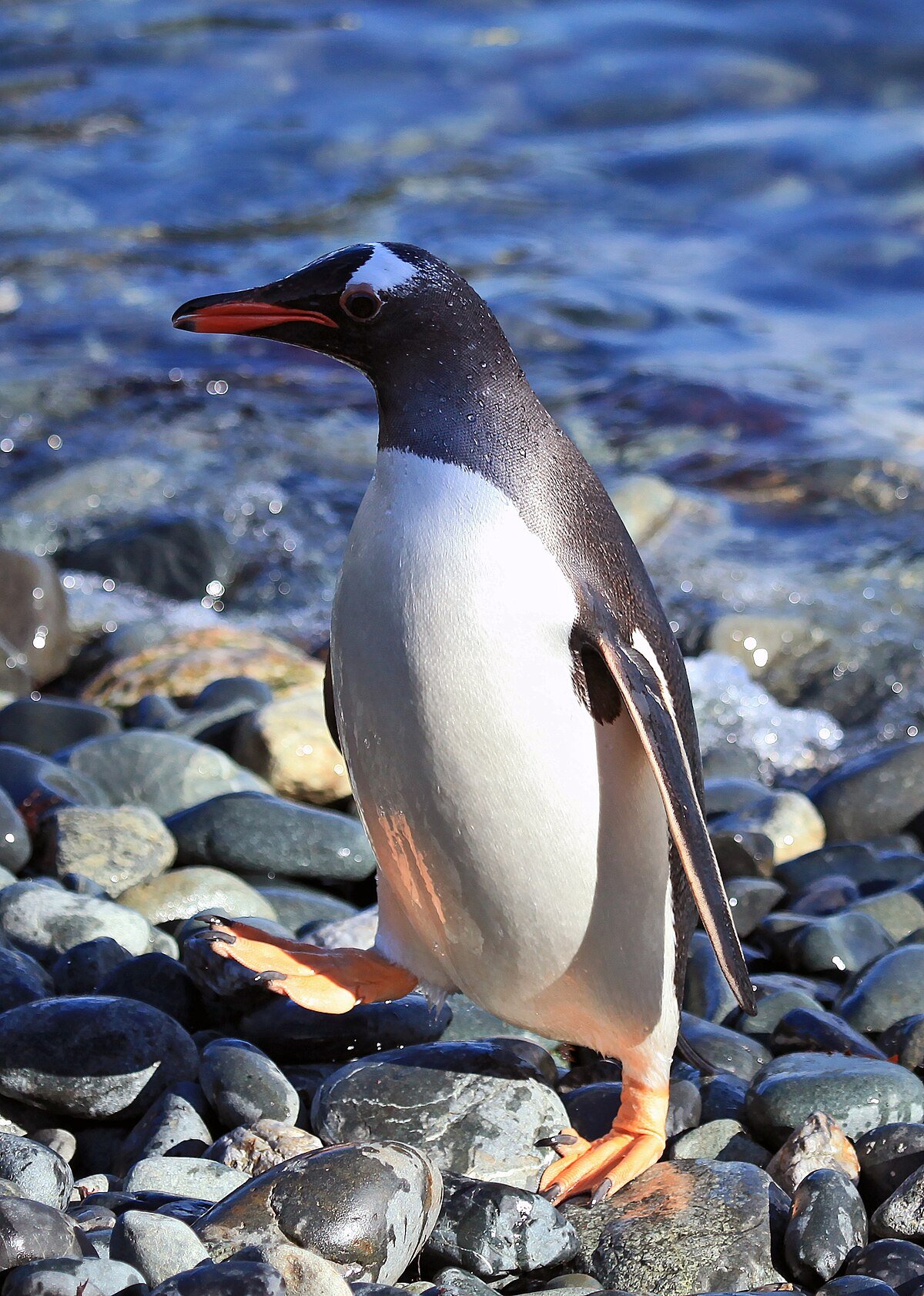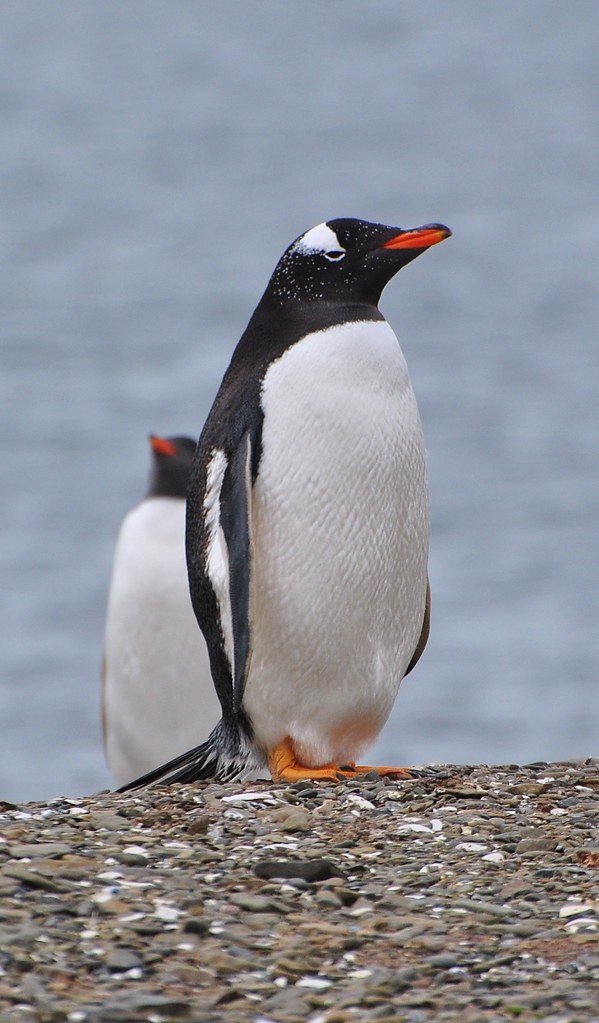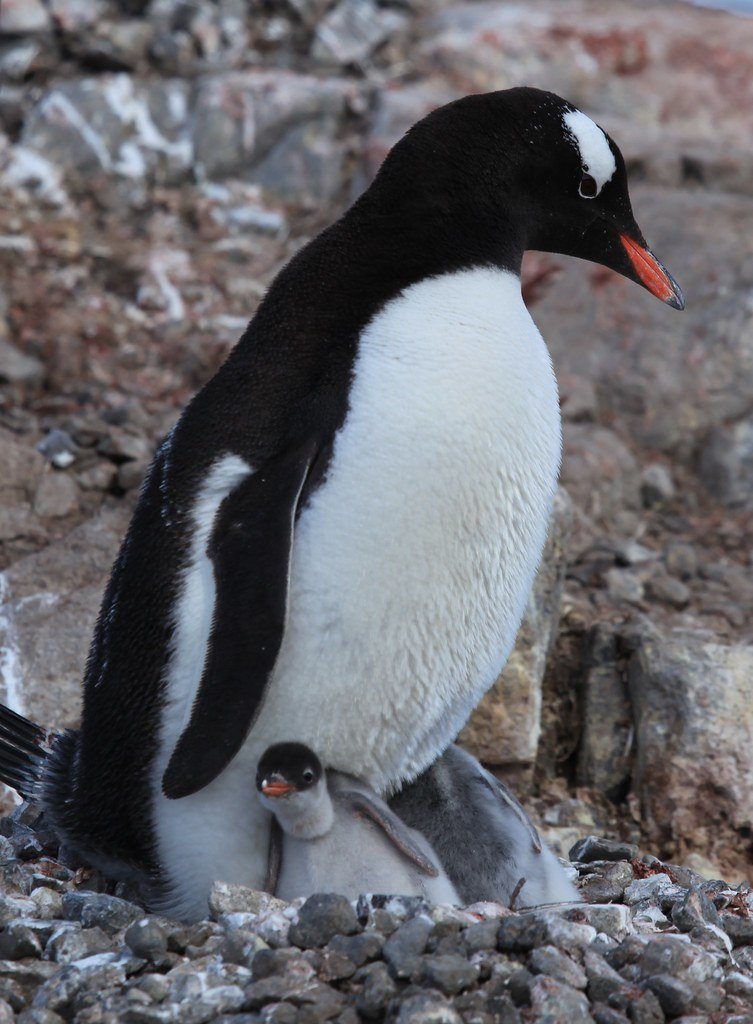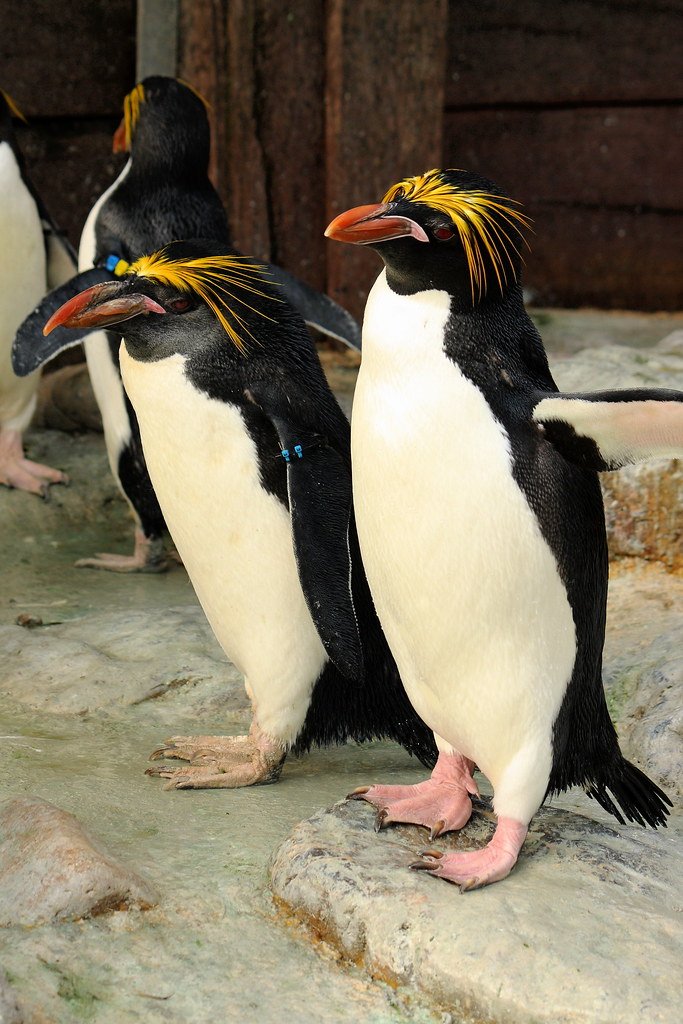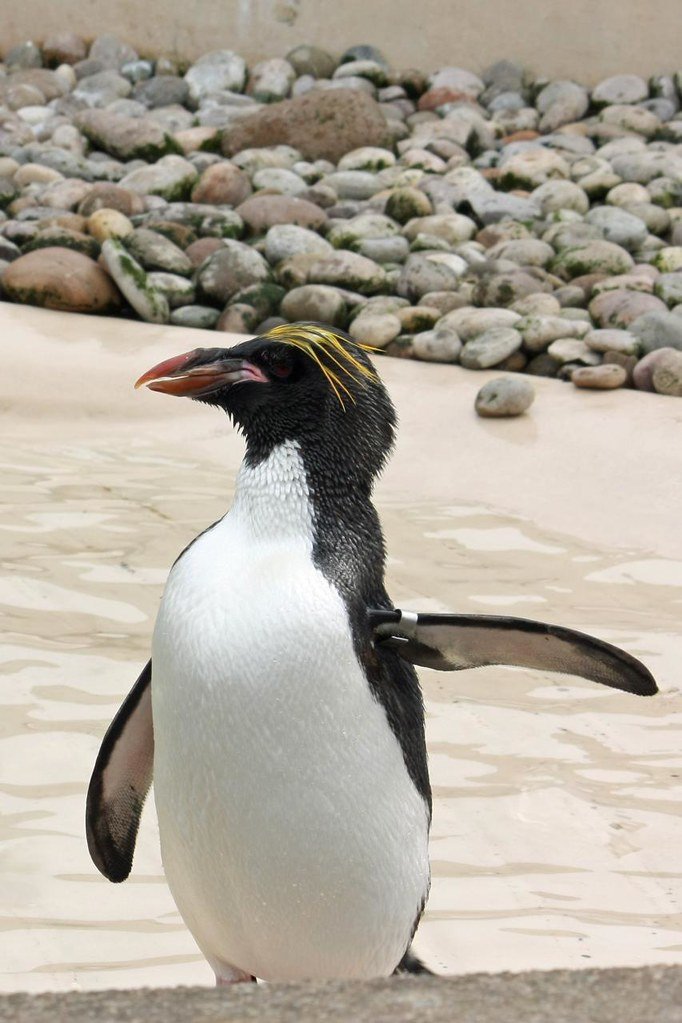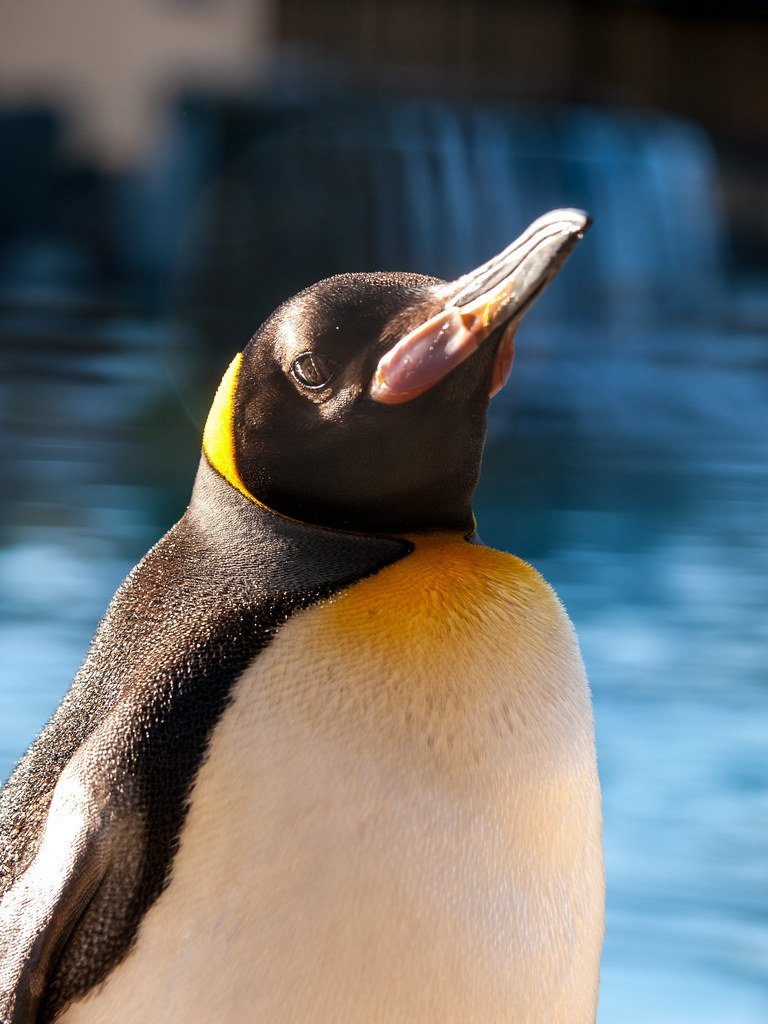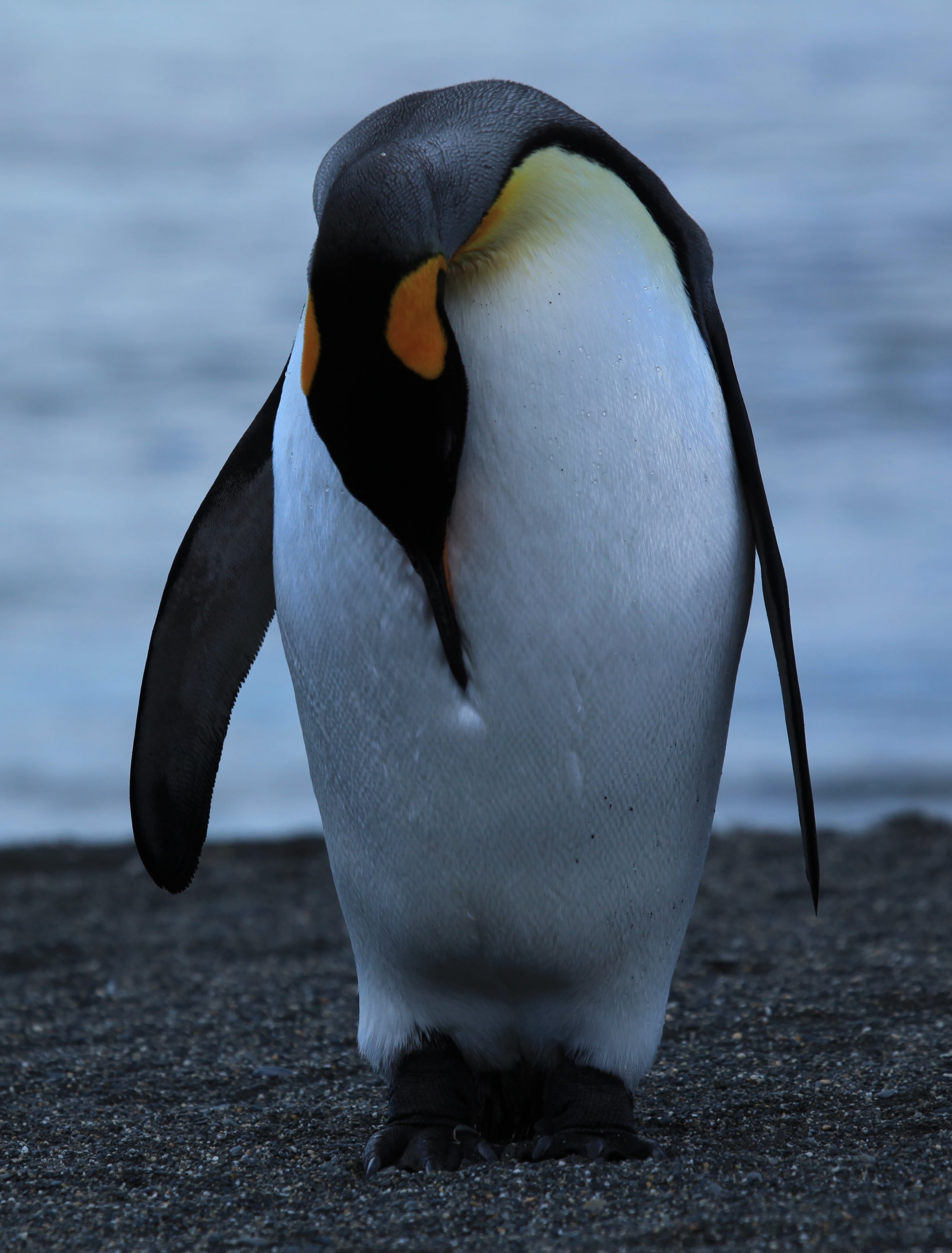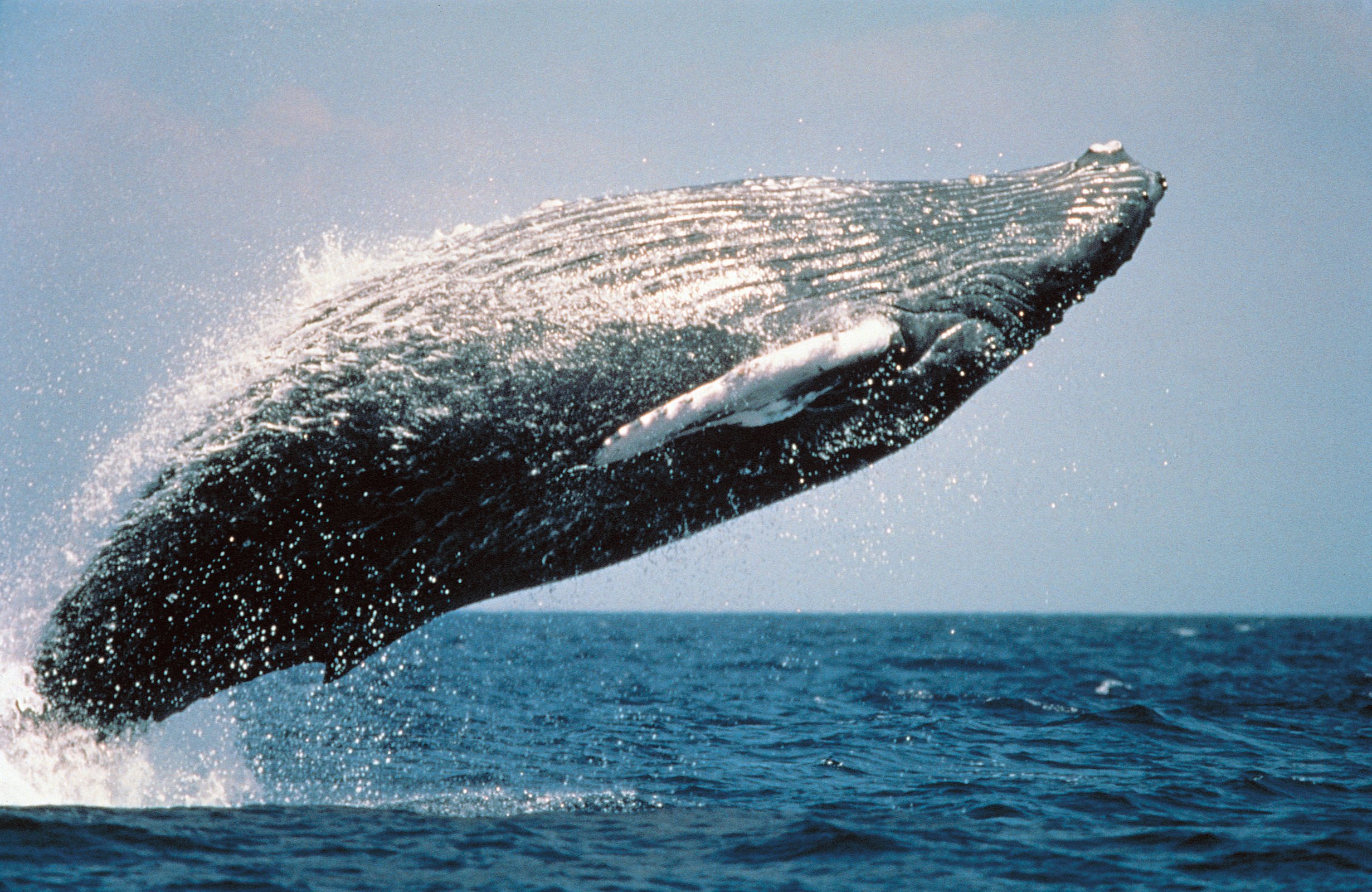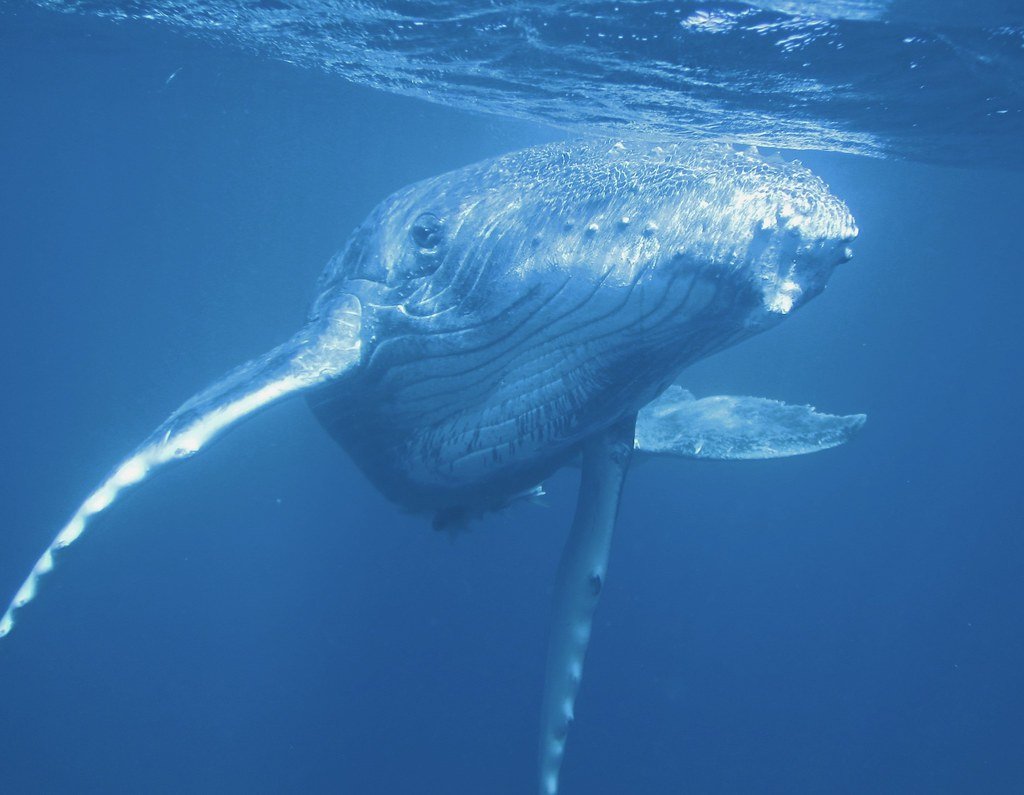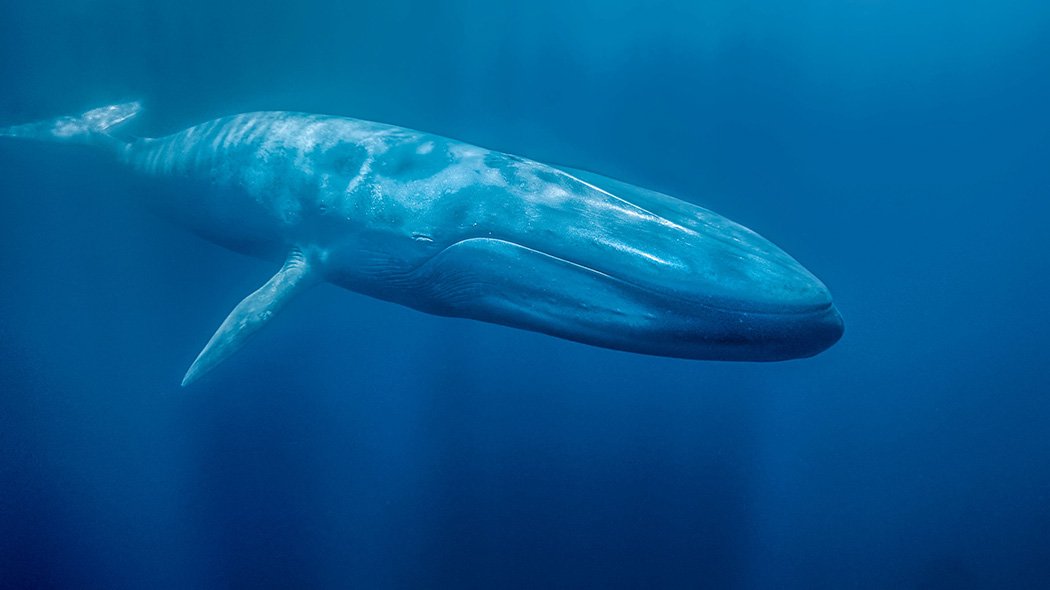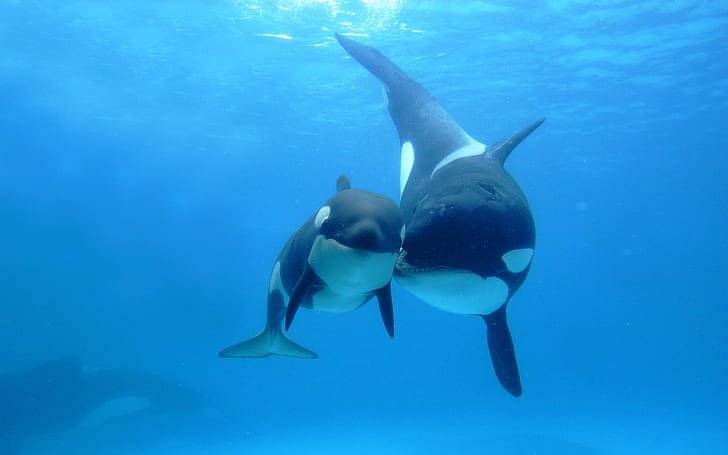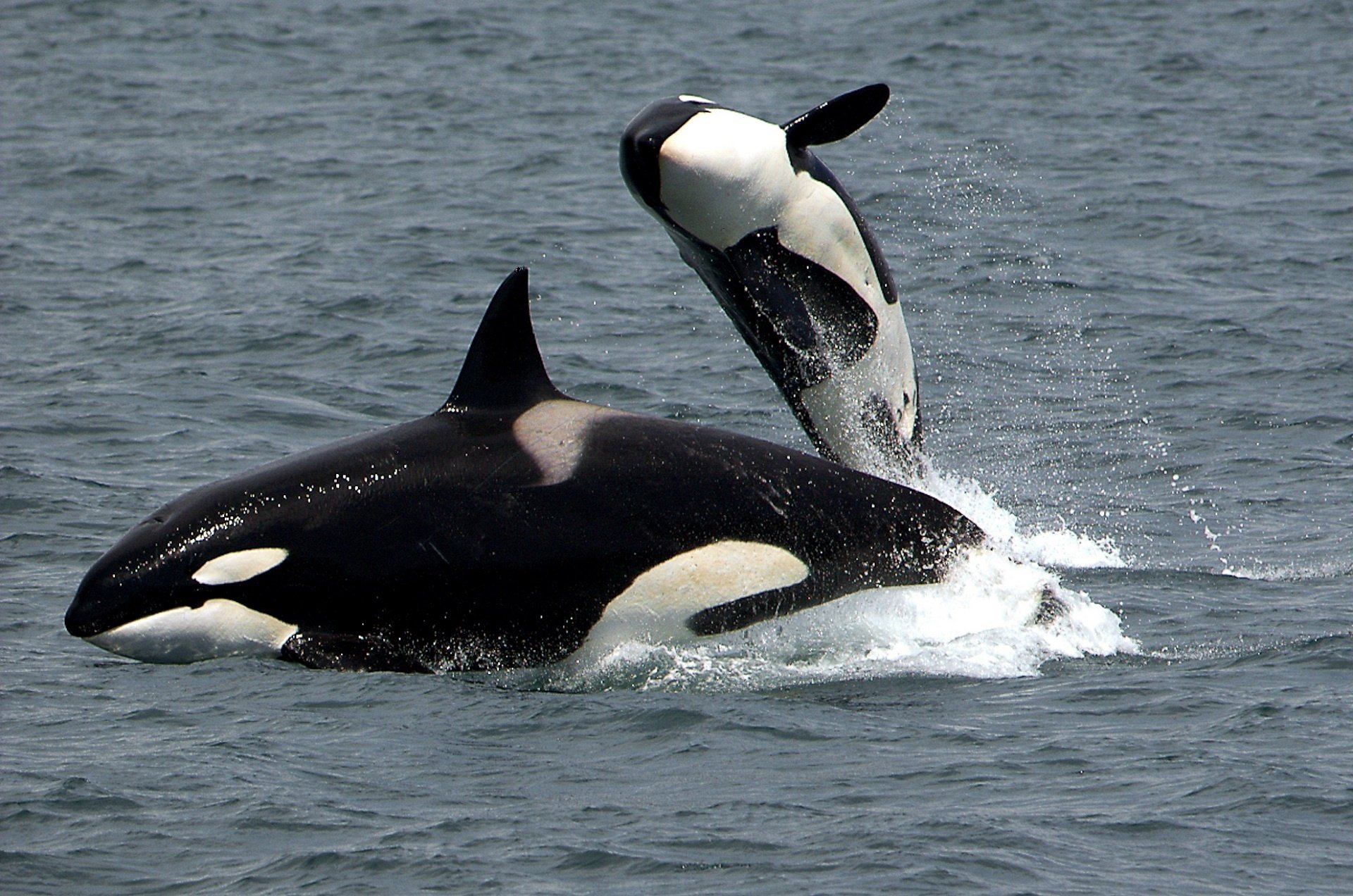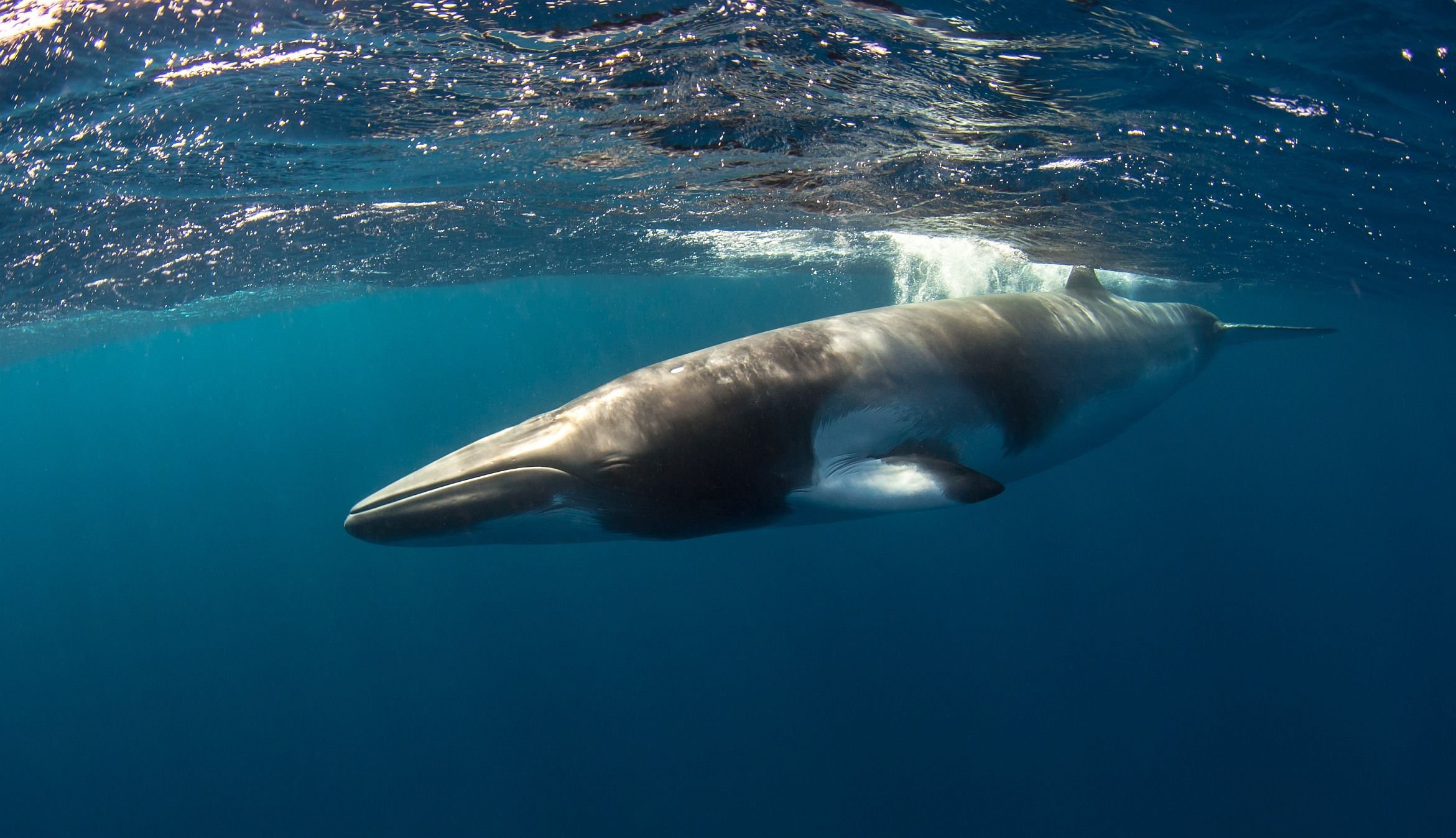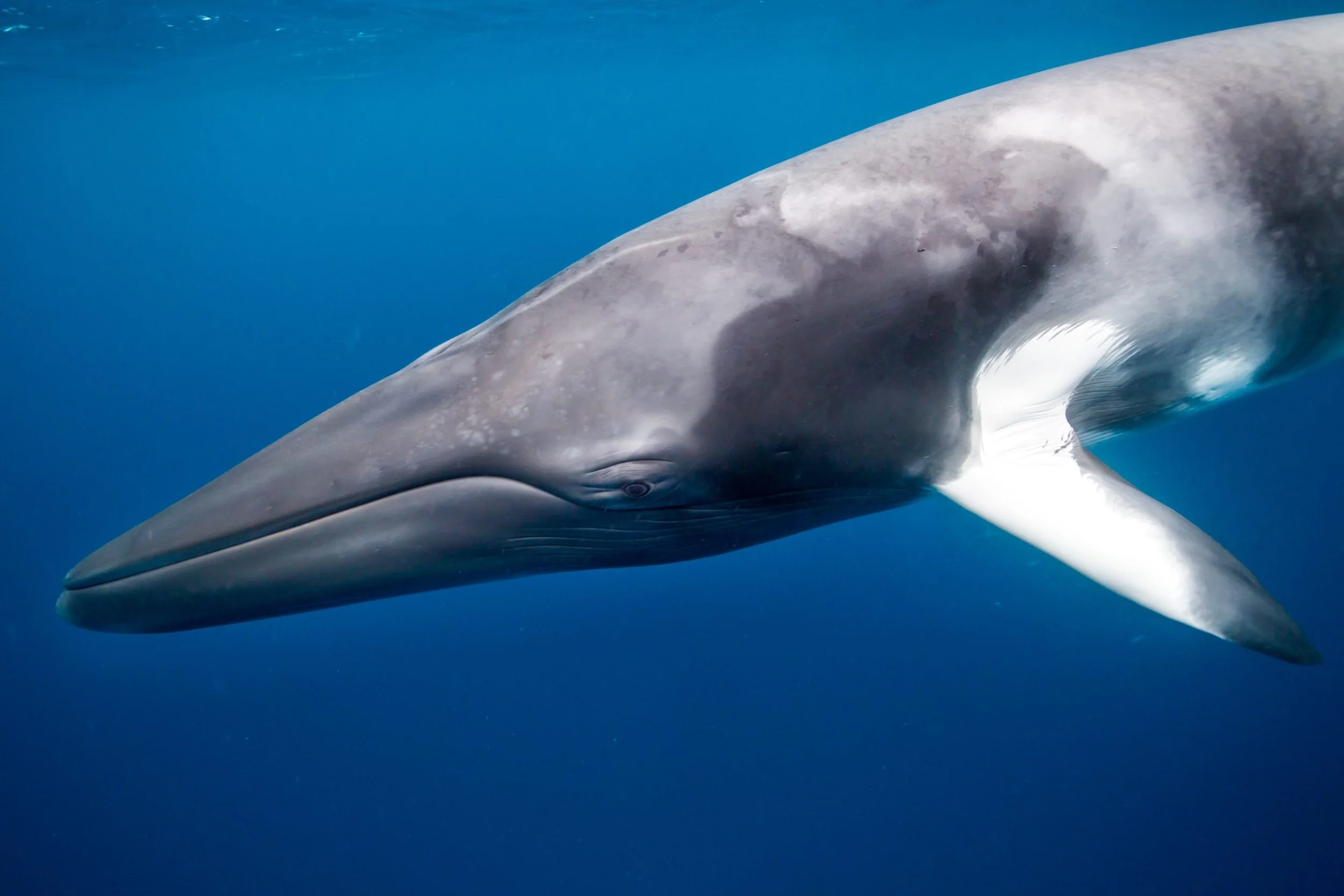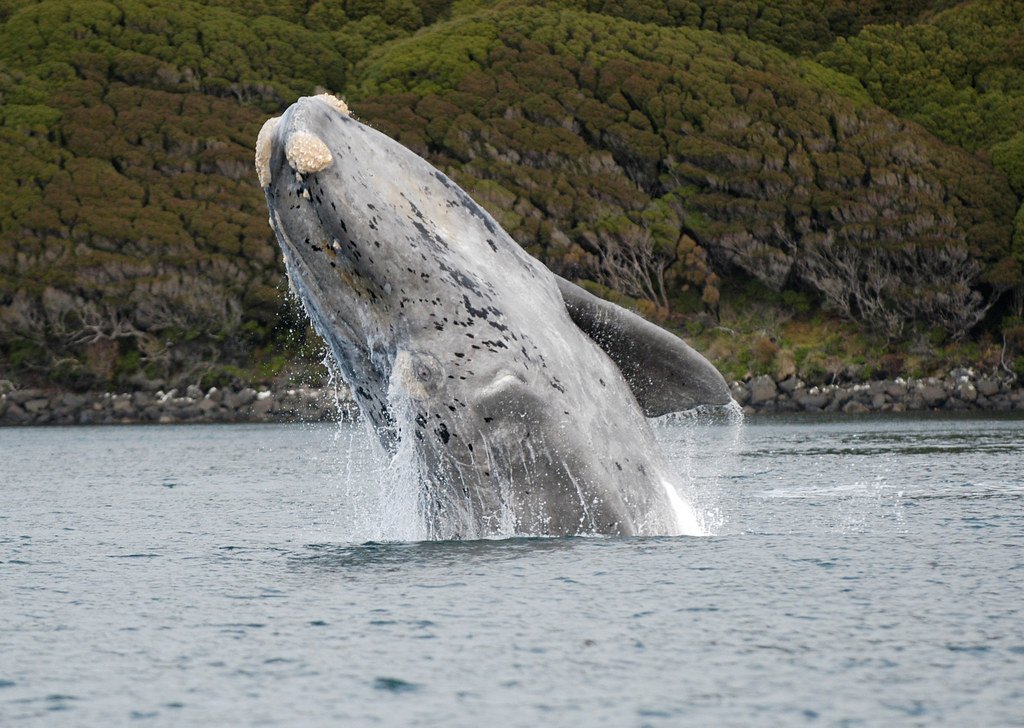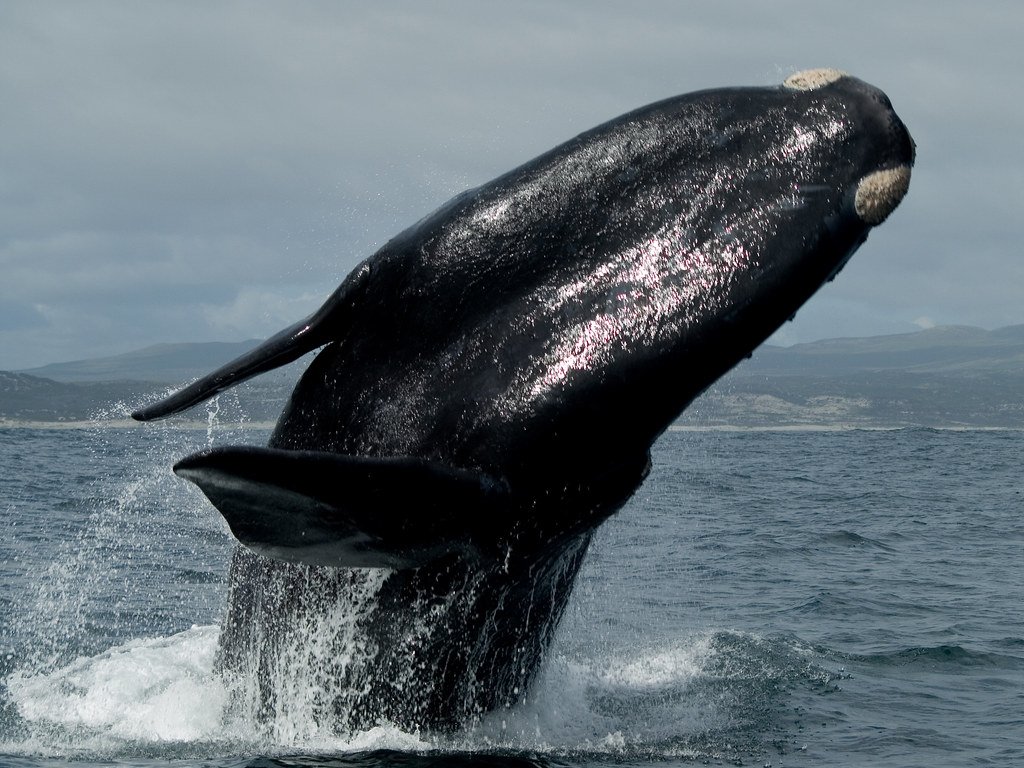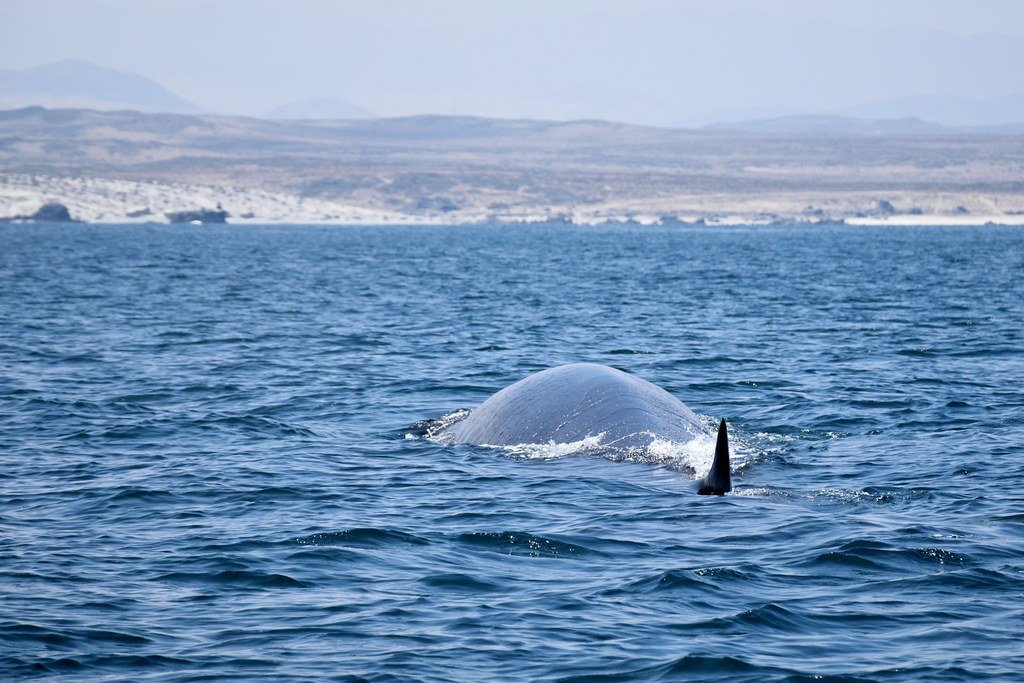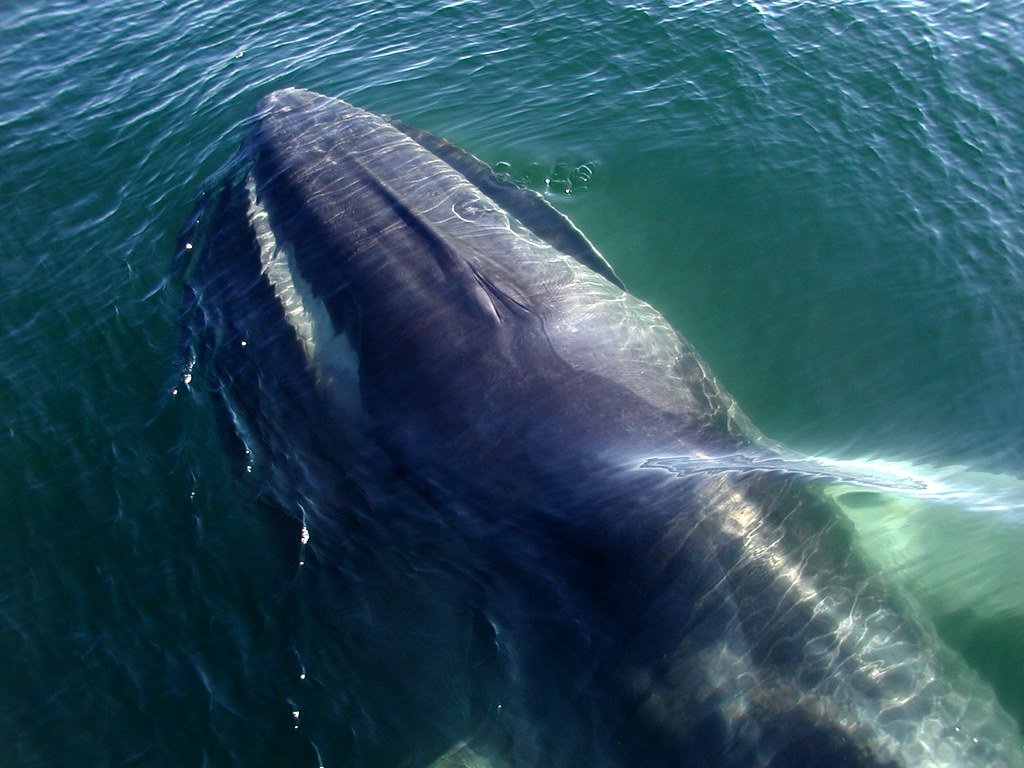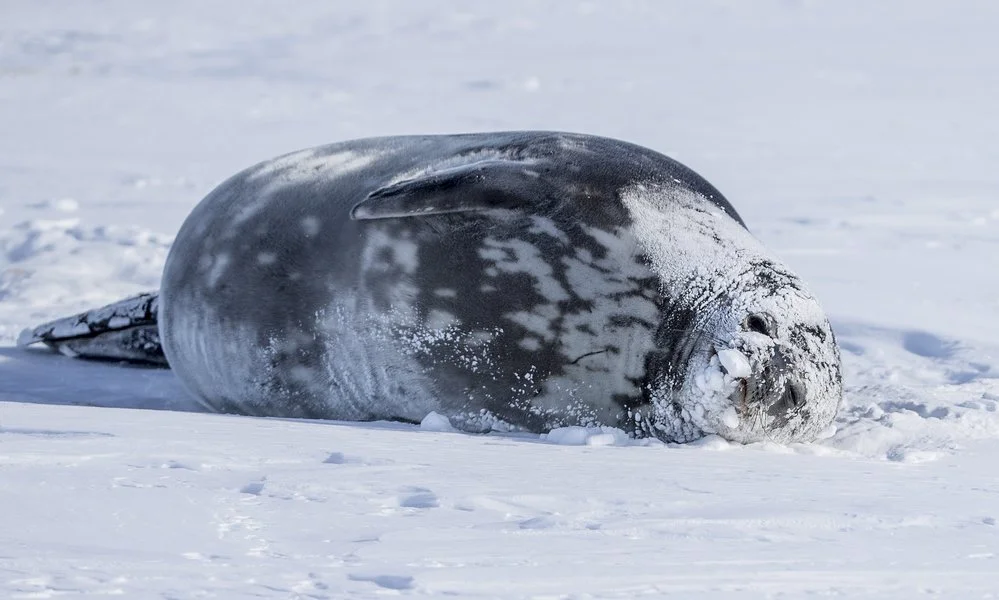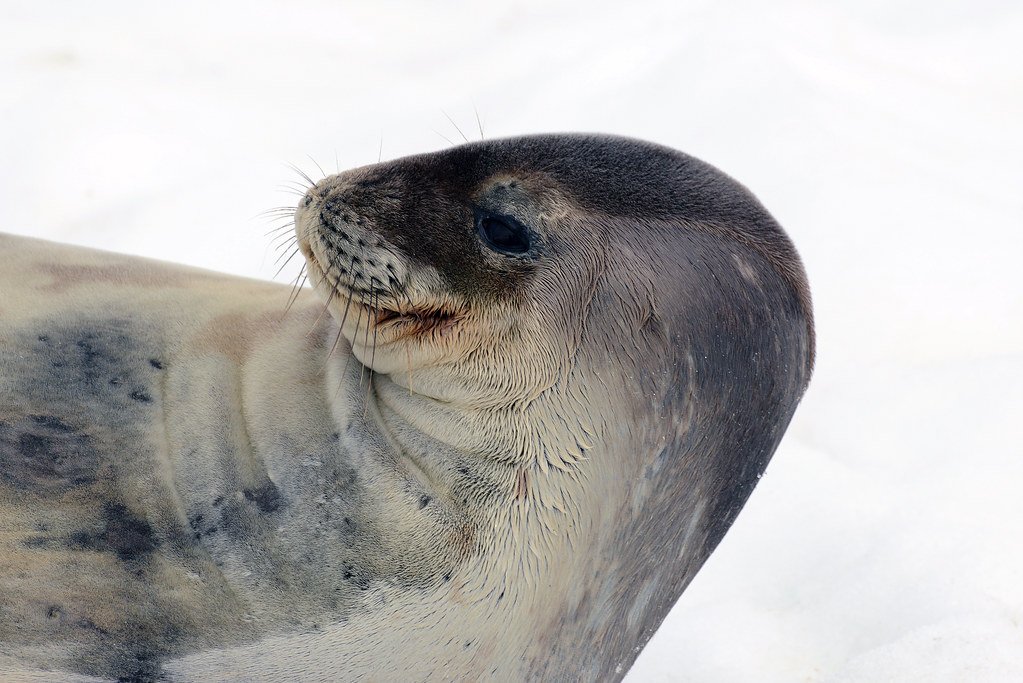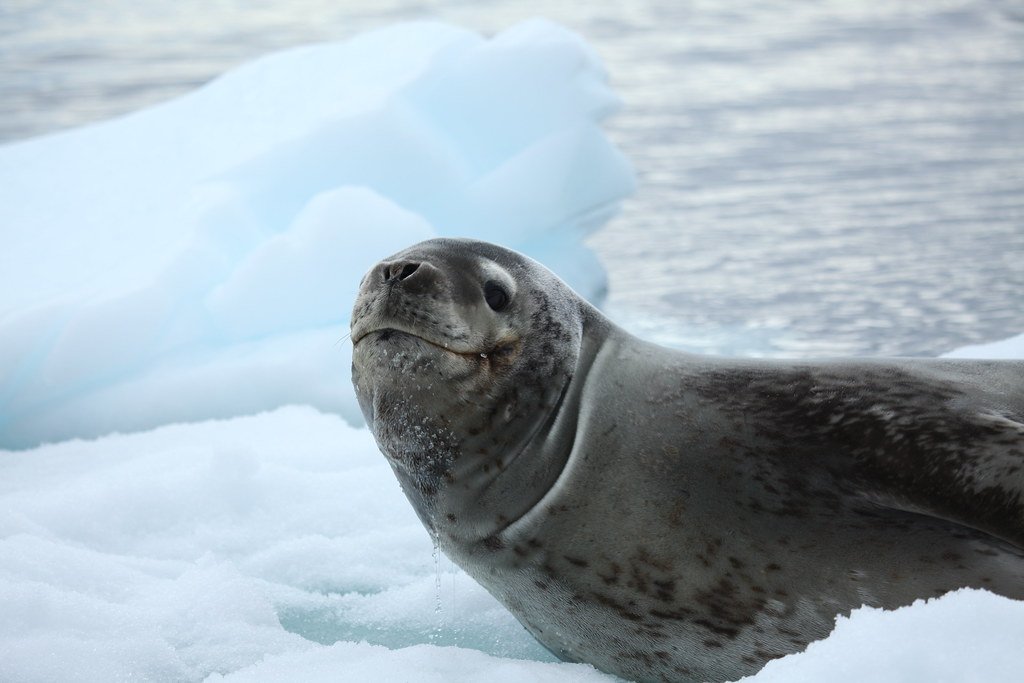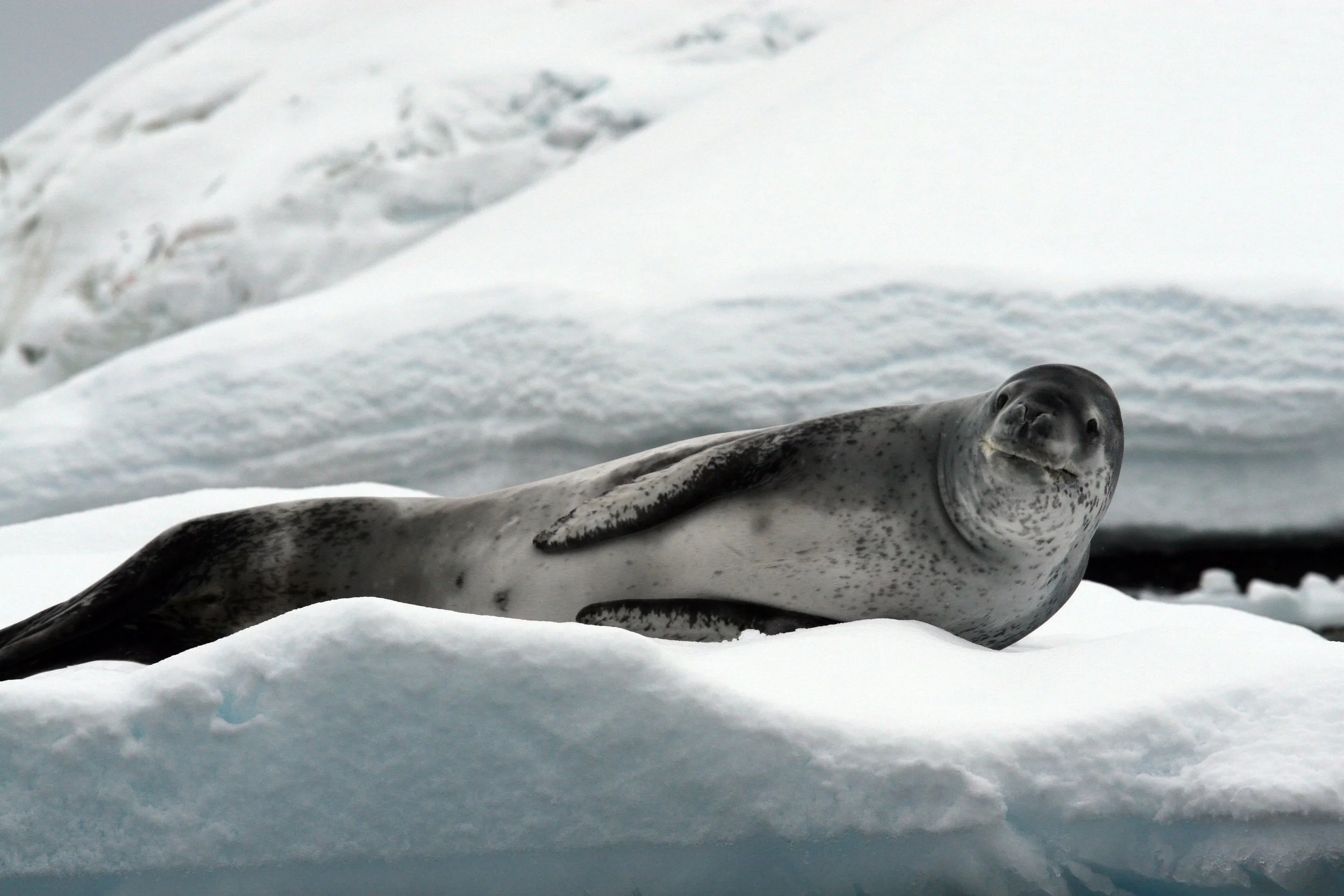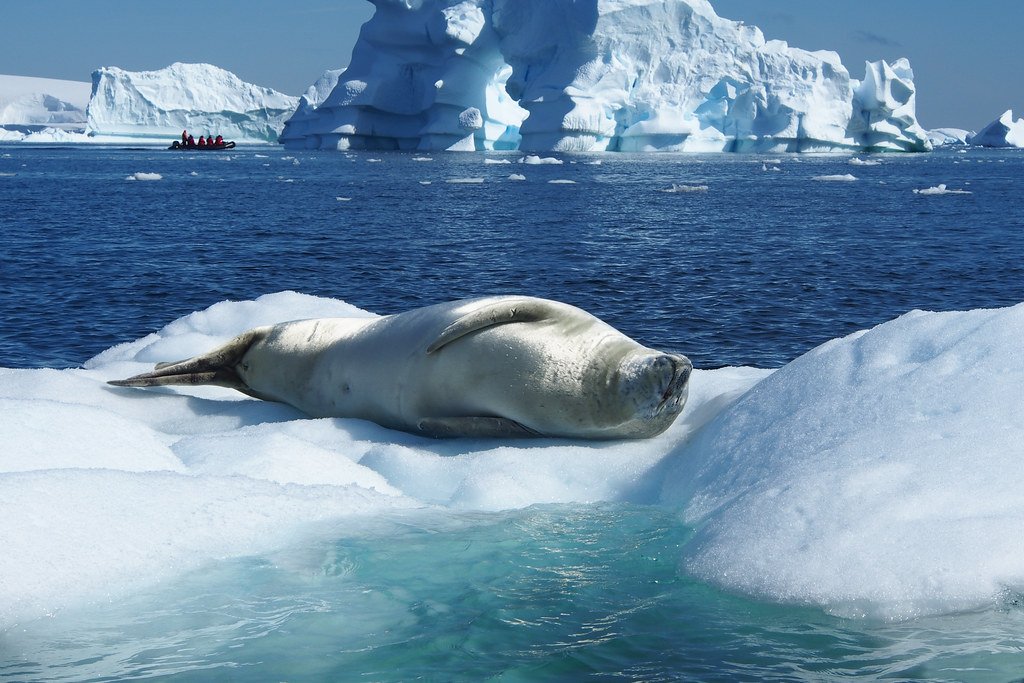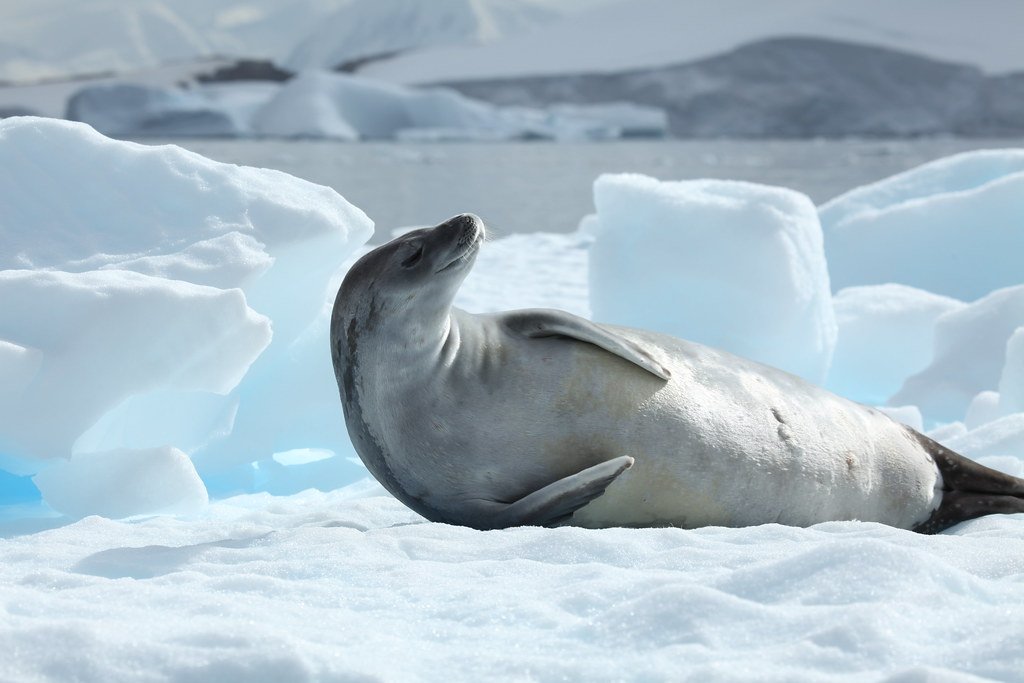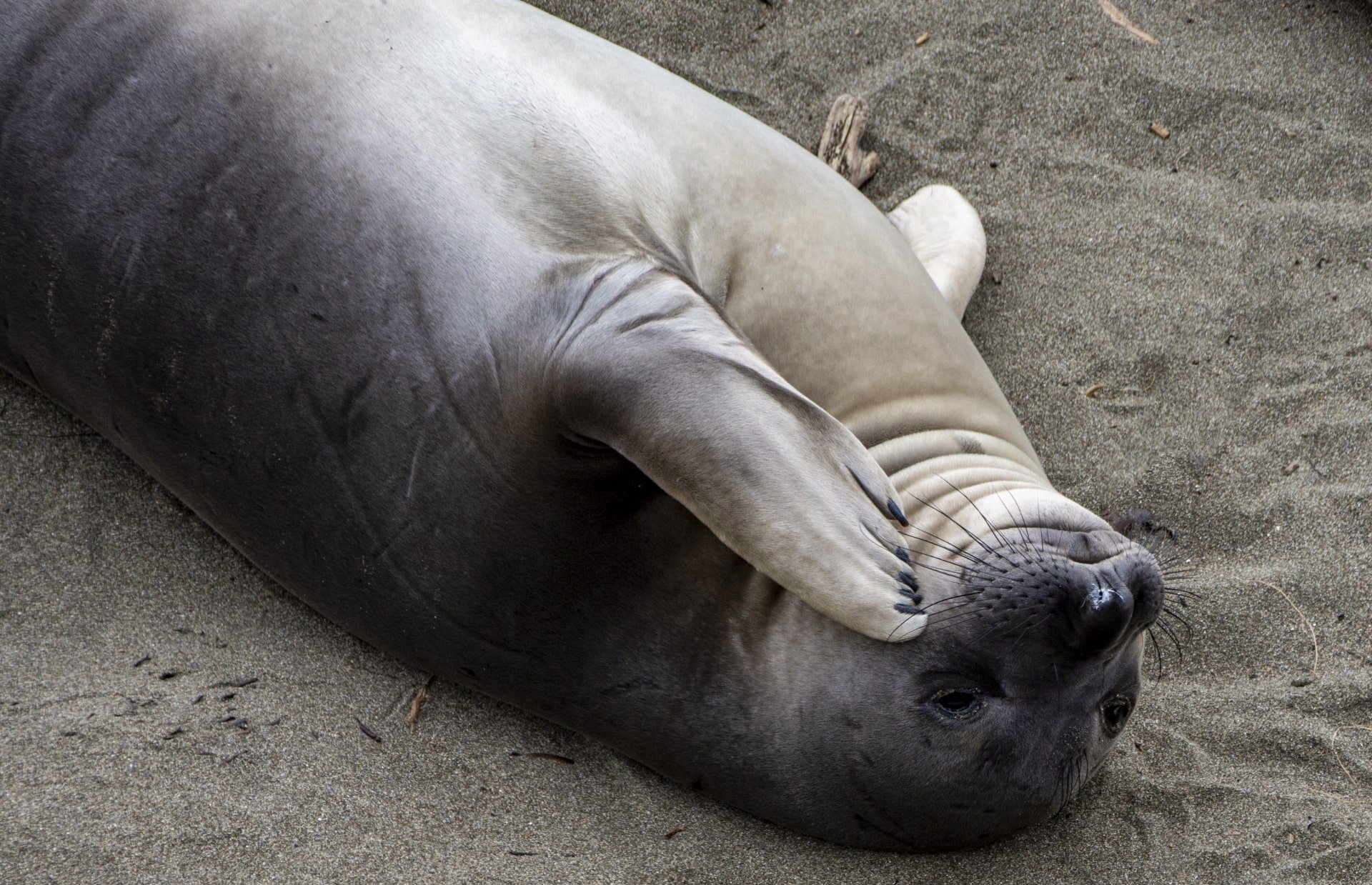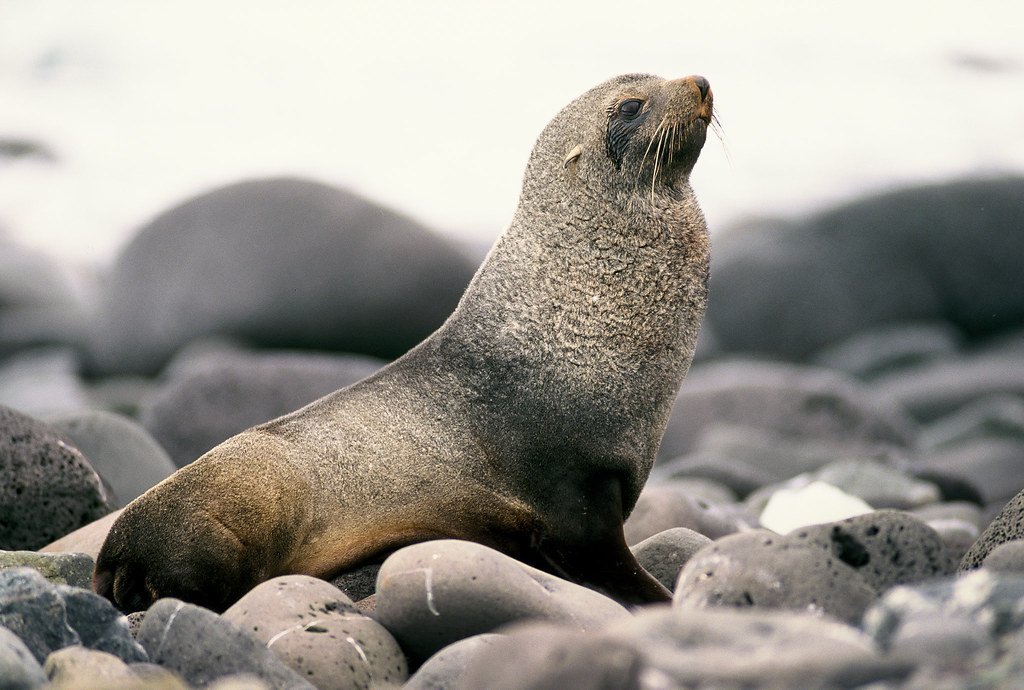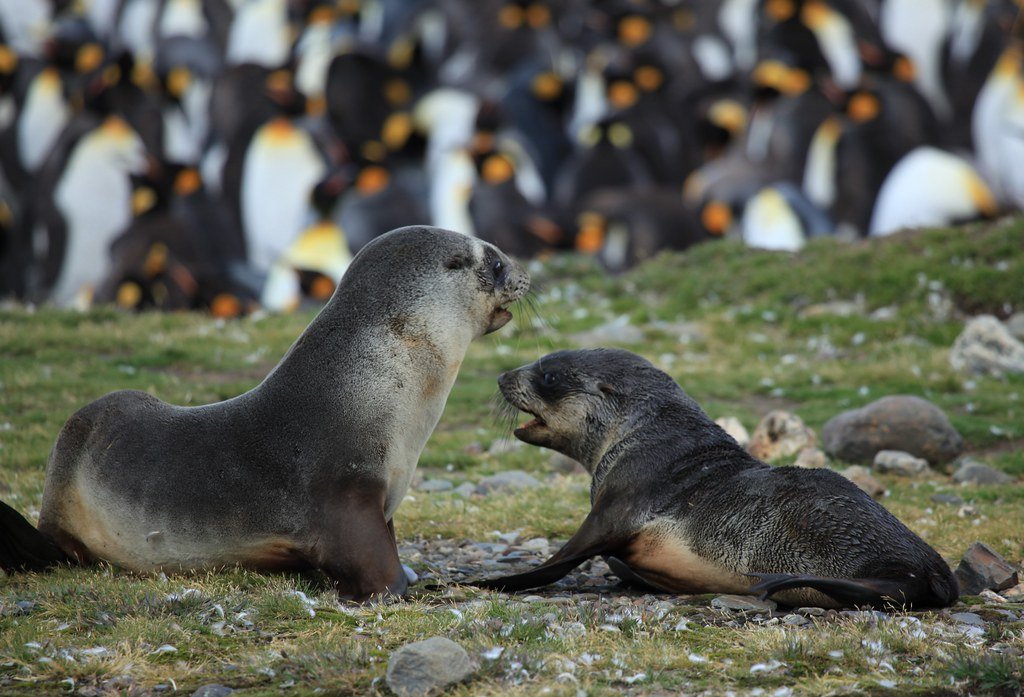Antarctica Animals: What Wildlife Will I See?
List of Antarctica Animals
Penguins
Whales
Seals
Embarking on a once-in-a-lifetime journey to the end of the Earth, the great white continent of Antarctica offers an awe-inspiring experience unlike any other. So, what type of animals can you find in Antarctica? As we dream of this remote and mysterious land, our imagination is captivated by the fascinating wildlife that thrives in its harsh and icy environment.
Picture yourself surrounded by a mesmerizing scene of adorable penguins waddling gracefully through the snow, majestic whales breaching the surface of the glacial waters, and graceful birds soaring through the vast Antarctic skies. For nature aficionados and passionate travel enthusiasts, encountering the mesmerizing wildlife of Antarctica is an unforgettable highlight of any expedition, leaving a lasting impression and a deep appreciation for the wonders of our planet.
As you venture into these uncharted territories, a tapestry of life unfolds. This blog post aims to guide you through the bustling wildlife of the southernmost continent, ensuring you're well-prepared for the breathtaking encounters that await.
The Waddling Wonders - Penguins
So, you want to know what types of penguins live in Antarctica? Who can resist the charm of the penguin, the quintessential Antarctic animal? With their adorable waddle and sleek feathers, they captivate our hearts. Here, in the vast icy expanse, they are more than just charismatic icons. As many as six species of penguins call this icy realm home, including the regal Emperor Penguin, the acrobatic Adélie Penguin, and the curious Gentoo Penguin. Each species has its own unique story to tell, from their remarkable journey across treacherous waters to their fascinating social dynamics within their colonies. These incredible creatures have adapted to thrive in one of the harshest environments on Earth, an awe-inspiring testament to the wonders of nature.
Dreaming of seeing penguins in their habitat? Explore a paradise itinerary in Antarctica for nature lovers. Get close to these captivating creatures, witness their daily lives and social interactions. Whether you're a photographer, eco-tourist, or nature enthusiast, this offers unforgettable moments with our planet's marvels.
Chinstrap Penguin
Population: 8 million
Where to find them: These remarkable birds are predominantly found on the islands of the Scotia Sea and Antarctic Peninsula
When to find them: November to early March
Known for the narrow black stripe under their heads, Chinstraps are one of the most recognizable penguin species. They thrive in the icy landscapes of the many islands and shores of the Antarctic Peninsula, enduring the harsh conditions of the frigid Southern Ocean. These agile swimmers and skilled divers have adapted to the challenging environment, relying on their streamlined bodies and webbed feet to navigate the freezing waters in search of fish and krill. With their distinct appearance and remarkable resilience, Chinstrap penguins truly embody the spirit of the Antarctic wilderness.
Adélie Penguin
Population: Approximately 5 million breeding pairs
Where to find them: Spreading widely across the coastline of Antarctica, Adélie Penguins are most commonly found on the Ross Sea and the East Antarctica coastline.
When to find them: The best time to encounter these spirited explorers is from October to February, when they are most active, engaging in breeding activities and nurturing their young.
Adélie Penguins, with their distinctive tuxedo-like attire, are frequently recognized as one of the most abundant penguin species in the Antarctic region. These remarkable creatures are not only known for their appearance but also for their inquisitive nature and their vital role in scientific discoveries. Adélie Penguins play a crucial part in the delicate polar ecosystem, contributing to the understanding of the unique dynamics and interconnections within this fascinating environment. Their interactions with other species and their remarkable adaptability to the harsh Antarctic conditions further highlight their significance in maintaining the delicate balance of this remote and awe-inspiring habitat.
Emperor Penguin
Population: Estimated to number over half a million individuals
Where to find them: Predominantly inhabiting the cold, open ice of Antarctica’s inner coastlines and offshore islands
When to find them: The most magical encounters occur between March and December, when they brave the Antarctic winter to breed and raise their chicks.
The regal Emperors, with their striking black and white plumage, stand tall as the largest of all the penguin species. These majestic creatures brave the treacherous conditions of Antarctica, enduring the harshest weather on Earth during their epic annual migrations. Their journey through the freezing waters and across vast icy landscapes symbolizes the indomitable spirit of the continent's unforgiving wilderness. With their unwavering determination and remarkable adaptability, they have become the ultimate ambassadors of perseverance and resilience in the face of adversity.
Gentoo Penguin
Population: Roughly 300,000 breeding pairs
Where to find them: Mainly distributed on sub-Antarctic islands and nesting in colonies on the Antarctic Peninsula
When to find them: From late October to early March, during their breeding season which offers the best opportunities for observation
With their distinctive orange bills and a white spot behind the eye, Gentoos, a species of penguins, are known for their gracious underwater ballets. Watch as they gracefully glide through the water, showcasing their incredible agility and elegance. As they swiftly approach the shore, their sheer excitement and enthusiasm become evident, making them an absolute joy to observe and appreciate.
Macaroni Penguin
Population: Around 18 million breeding pairs
Where to find them: These vibrant souls are primarily spotted on the rocky, rugged shorelines of sub-Antarctic islands, with significant populations on South Georgia and the Falkland Islands.
When to find them: The late spring and summer months, from October to March
Recognizable by their vibrant, colorful, and prominent orange-yellow crests, Macaronis bring a burst of energy to the Antarctic palette. With their truly eccentric personalities, these magnificent creatures light up the icy landscape, adding a touch of charm and whimsy to their surroundings. Their lively antics and unique appearances make them a delightful sight, captivating the hearts of all who encounter them in the frozen wilderness.
King Penguin
Population: Over 2 million breeding pairs
Where to find them: Nestled on the more temperate islands around Antarctica and along the flanks of the continent, particularly on South Georgia Island.
When to find them: Their presence is most pronounced from November to April
While Kings, the largest species of penguins, breed on sub-Antarctic islands, their majestic presence and dapper appearance make them an unforgettable and awe-inspiring part of the Antarctic experience. With their stunning black and white plumage, regal stature, and charming waddle, these incredible creatures captivate and enchant all who have the privilege of encountering them in their natural habitat.
Each species of penguin brings a unique dynamic to the colonies they form, from their social hierarchies to their breeding behaviors. The chance to witness them in their natural habitat is a privileged insight into their way of life.
Frequently Asked Questions About Penguins
-
Penguins are not only endearing creatures that garner our affection, but they are also pivotal members of their ecosystem. As both predators and prey, they play a critical role in the marine food web: their diet consists of krill, squid, and small fish, while they, in turn, are a source of nourishment for seals and killer whales. Their guano (droppings) is a vital nutrient for the Antarctic environment, supporting other wildlife and even aiding in scientists' studies of environmental changes. To witness a penguin is to see the wheels of nature turning in exquisite balance.
-
The resilience of penguins in the face of Antarctica's harsh climate is nothing short of remarkable. These feathered survivors are outfitted with a variety of natural features that enable them to withstand the extreme cold. They boast a thick layer of blubber beneath their skin as well as tightly packed feathers that provide both waterproofing and insulation. Additionally, their behavior of huddling together shields them from wind and conserves warmth, while their circulation system effectively regulates body heat. These adaptations are a testament to the sheer strength and tenacity that pulses in the veins of these incredible birds.
-
Penguins primarily feed on a diet consisting of fish, krill, and squid. Their hunting technique involves diving into the ocean to catch their prey. Some species of penguins can dive to impressive depths in search of food, while others forage closer to the surface. They rely on their streamlined bodies and strong swimming abilities to chase and capture their aquatic meals. Penguins are truly fascinating creatures with unique adaptations that allow them to thrive in their marine environments.
-
Human activities, including climate change, overfishing, and pollution, pose significant threats to penguin populations, affecting their food sources and breeding grounds. As passionate advocates for our feathered friends, conservationists are implementing protective measures to shield penguin habitats, researching population changes, and pressuring for tighter regulations on fishing and carbon emissions. Ecotourism, when conducted responsibly, has the potential to raise awareness and support conservation efforts. By choosing environmentally conscious travel and supporting reputable conservation organizations, we can all contribute to safeguarding these charismatic ambassadors of the Antarctic.
Beneath the Waves - Whales
Intriguing and majestic, whales frequent the ocean currents with a grace that defies their colossal size. From the acrobatic orcas to the ever-elusive blue whale, each species has its tale to tell and its presence to witness.
Humpback Whale
Population: Approximately 80,000 worldwide
Where to find them: These gentle giants roam across all the world's oceans, from the polar waters in summer to tropical and subtropical waters in winter.
When to find them: Look for their iconic breaches and tail slaps during their migration seasons, especially from June to August in the northern hemisphere and from December to March in the southern hemisphere.
Among the ocean's melodic giants, the Humpback Whale offers a breathtaking display that resonates with the soul of any observer. With their famed acrobatic breaches and ethereal songs that travel leagues beneath the sea, these creatures conduct the symphonies of the deep. Each curve on their fluke, each mark on their skin tells a tale of long migrations, of journeys that take them from polar feasts to tropical nurseries. When you witness a Humpback's tail disappear into the waves, it's as if they're inviting you to read their story, one that speaks profoundly of resilience and grace.
Blue Whale
Population: Estimated to be between 10,000 to 25,000 individuals worldwide
Where to find them: Primarily dwelling in the deep, open waters of all major oceans, with concentrations in the North Atlantic and Antarctic.
When to find them: These magnificent creatures can be observed year-round, with a higher likelihood during their feeding season in colder waters and during breeding in warmer regions.
The Blue Whale, a creature of record-breaking proportions, navigates the waters with a quiet might that honors its status as the largest animal to have ever existed on our planet. Their sheer size is enough to stir the imagination, leaving one in awe, and yet their gentle demeanor paints a portrait of placid tranquility. When you have the privilege to encounter these magnificent beings, you don't just see a whale; you experience a living testament to nature's grandeur, a humbling reminder of our place in the vast tapestry of life.
Orca - The Ocean's Adept Predator
Population: Estimated to number over 50,000 individuals worldwide
Where to find them: Orcas, known for their adaptability, can be found in every ocean from the freezing waters of the Arctic and Antarctic to tropical seas.
When to find them: They are visible throughout the year, but the best sightings often occur in colder regions during the summer months, when they come closer to shore following their prey.
Regal and cunning, the Orca, or Killer Whale, patrols the Antarctic waters with an intelligence and complex social structure that rivals our own societal constructs. Each pod is a family, a tight-knit group that communicates and strategizes, turning the ocean's challenging environment into a playground of possibilities. Their distinct black-and-white markings render them both beautiful and unmistakable, symbolizing the beauty and the balanced duality of survival in the extremes.
Minke Whale
Population: Current estimates place the population at approximately 800,000 individuals worldwide.
Where to find them: These sleek whales prefer the cooler waters of the North Atlantic, Antarctic, and the Pacific, often staying close to the sea ice.
When to find them: Minke whales can be glimpsed throughout the year, but the best viewing opportunities occur in the summer months when they are more active near the surface.
The elusive Minke Whale, the Southern Ocean's compact voyager, thrives within the Antarctic's chilly embrace. It's often their breath, a puff against the crisp air, that heralds their presence before they briefly grace the surface. Though they may be the smallest of the baleen whales, their contribution to the ocean's narrative is no less significant. Witnessing their slender bodies glide effortlessly through the icy blue is to observe the ocean's poetry in motion, an understated yet integral verse in the Antarctic saga.
Southern Right Whale
Population: An estimated 15,000 individuals globally, showing hopeful signs of recovery due to stringent conservation efforts.
Where to find them: These majestic beings are primarily found in the colder waters of the Southern Hemisphere, particularly around the coasts of New Zealand, Australia, and South Africa.
When to find them: The Southern Right Whale makes its presence most known from May through November, when it migrates closer to shore for breeding, offering unparalleled opportunities for observation and connection.
Echoing tales of historical reverence and modern-day conservation, the Southern Right Whale compels the heart with its tale of triumphant resurgence. These gentle giants, easily identified by their massive heads and callosities, were once the right whales to hunt. Now, they have become the right whales to champion, embodying the hope for our oceans and the potential for coexistence. To encounter them in their serene drifts is to be in the presence of resilience, to share a moment with a lineage that has reclaimed its rightful place in the depths.
Fin Whale
Population: Estimated to be around 100,000 individuals globally, a testament to their resilience and the ocean's vast resources.
Where to find them: Spanning the globe, Fin Whales frequent the cold waters of the Arctic, the balmy currents of the Mediterranean, and everywhere in between, testament to their adaptability.
When to find them: These grand voyagers can be observed year-round, though in specific regions such as the Gulf of California and the Mediterranean Sea, certain seasons may offer more frequent sightings.
The Fin Whale, with its sleek and streamlined silhouette, is the embodiment of speed and efficiency. As the second-largest living mammal, their presence is nothing short of awe-inspiring as they cut through the water with astonishing grace. Observing these majestic travelers as they surface in Antarctic waters, one cannot help but feel drawn to their enigmatic nature. Their towering dorsal fins offer a fleeting glimpse into the life of a creature that perfectly encapsulates the essence of the vast ocean around them.
Frequently Asked Questions About Whales
-
Each species of whale has a different average lifespan, mirroring the vast tapestry of their underwater existence. Humpback Whales can live up to 80-90 years, mirroring the longevity of a well-woven legend across the seas. Blue Whales can grace our oceans for 70-90 years, each year a testament to their enduring majesty. Orcas, those intelligent, familial creatures, can live anywhere from 50 to over 100 years with females often outliving males, a testament to the matriarchal strength that guides their pods.
-
The ocean depths ring with the symphonies of whale communication. Humpbacks are renowned for their complex songs, ballads that can last for hours and travel great distances, used by males in the mating season. Orcas use clicks, whistles, and pulsed calls, which are as intricate as the social bonds they forge. This medley of sounds is not mere noise; it is a language that conveys the narrative of the deep, a story we've only just begun to understand.
-
The powerful, breathtaking act of breaching, where whales launch themselves out of the water, is a spectacle that captures the heart. While the exact reasons are still under study, it is believed to be a form of communication, a method for dislodging parasites, or simply an expression of pure joy. These giants of the sea remind us that there are mysteries still to unravel, and through their breaching, they invite us to marvel and ponder.
-
Despite their grandeur, whales face threats that we cannot ignore. From the harrowing specter of whaling—now largely illegal but still a concern—to the modern perils of ship strikes, entanglement in fishing gear, and the insidious spread of ocean pollution and noise, their survival is intertwined with our actions. Climate change also threatens to disrupt their migratory routes and food sources. It is our duty and honor to advocate for these gentle behemoths, to ensure that the whispers of their flukes and songs do not fade into silence. Together, we can write a different future—one alive with the promise of thrumming whale songs in clean, safe oceans.
Seals of the South
Reclining on ice floes or cruising the waters, seals add another layer of complexity to the Antarctic's wildlife tapestry. From the formidable leopard seal to the eponymous fur seal, their behaviors and interactions with their environment are riveting and essential to the ecosystem.
Beneath the serene ballet of glaciers and the profound symphony of whales, seals play a vital role in the Antarctic’s ecological opus.
Weddell Seals
Population: Among the most southerly distributed of all mammals, the Weddell Seal population numbers are strong, with an estimated count thriving in the tens of thousands.
Where to find them: These brave souls live in the heart of Antarctica, closely tied to the ice that defines their habitat. They are mainly located along the coasts, with their thick blubber well-adapted to the harsh cold.
When to find them: The Antarctic summer, mainly from September to February, paints the perfect backdrop for the Weddell Seals' most active season
In their frosty realm, where the icy winds whisper tales of ages past, the majestic Weddell Seals find solace. With a sense of quiet composure, they embody the wisdom of the frozen expanse that surrounds them. Their soulful eyes, glistening like icy gems, hold a depth that seems to carry the secrets of the ancient ice itself.
Leopard Seal
Population: Estimated to be around 200,000 individuals.
Where to find them: These seals are widespread throughout the icy waters of the Antarctic and can also be found on the scattered shores of sub-Antarctic islands. Their adaptability allows them to thrive in a harsh landscape where few dare to venture.
When to find them: Leopard Seals are most visible from October to February.
With its strikingly patterned coat, sleek body, and formidable hunting prowess, the Leopard Seal commands both respect and fascination. Found mainly in the frigid waters of the polar regions, this apex predator is known for its long, powerful body and sharp teeth, making it a force to be reckoned with in the marine ecosystem. Locking gazes with this magnificent creature is not only a shiver-inducing thrill, but also a humbling reminder of the diverse and awe-inspiring wonders of the natural world.
Crabeater Seal
Population: Estimated to be in the millions.
Where to find them: They can be found on the ice packs and floating ice floes of the Antarctic.
When to find them: Crabeater Seals are most active in the Antarctic during the Austral summer months, from October to February.
Despite its name, the Crabeater Seal, which inhabits the Antarctic region, predominantly feasts on krill, tiny shrimp-like creatures that are abundant in the frigid waters. This fascinating adaptation allows the seal to thrive in its icy environment, highlighting nature's splendid adaptability and the intricate interconnectedness of ecosystems.
Elephant Seal
Population: The giants of the seal world, with a population that reflects their vast presence in the Southern Hemisphere.
Where to find them: Primarily scattered across sub-Antarctic islands and parts of the Antarctic Peninsula, these seals are a testament to resilience, thriving in some of the harshest conditions on Earth.
When to find them: Elephant Seals are most prominently visible during their breeding season, from August to November, when they gather in large colonies, echoing the ancient call of nature.
Impressing with their sheer size and astonishing presence, Elephant Seals proudly declare their reign on sub-Antarctic beaches through their prodigious noses and thunderous bellows that resonate across the rugged coastline. With their magnificent bodies and distinctive proboscis, these remarkable marine mammals evoke a sense of awe and wonder in all who witness their grand display of dominance and power.
Antarctic Fur Seal
Population: With a population exceeding 300,000, the Antarctic Fur Seal is a testament to nature's resilience.
Where to find them: These seals predominantly make their home on the islands that scatter the Southern Ocean, with a particular abundance on South Georgia Island.
When to find them: The peak time to observe these lively creatures is during the austral summer months, particularly from November to March, when they are most abundant and active along the beaches and shores.
Once hunted to the brink of extinction for their valuable fur, the Antarctic Fur Seal has made a remarkable recovery, becoming a symbol of resilience and conservation efforts. These charismatic marine mammals showcase their tenacity by navigating treacherous waters and adapting to the harsh Antarctic environment. Today, their increasing population stands as a testament to the power of conservation, inspiring hope for the future of our planet's precious wildlife.
Each species of seal in this remote sanctuary imparts a unique chapter to the Antarctic narrative, their existence a testament to life’s tenacious hold in our planet’s most extreme frontier.
Frequently Asked Questions About Seals
-
Every seal species is a marvel, each with its own unique quirks and habits that paint a diverse portrait of life in the Antarctic. From the leopard seal's unmatched predatory skills to the Weddell seal's tranquil nature and the elephant seal's colossal presence, the nuances are endless. The Antarctic fur seal’s agility and the crabeater's specialized diet reveal the myriad ways these animals have adapted to thrive in their frozen world, each adaptation a breathtaking declaration of nature's ingenuity.
-
Seals are outfitted with an arsenal of natural adaptations that make them masters of survival in the biting cold. Their thick layers of blubber insulate against the chill, while a unique circulatory system conserves heat. Fur seals boast dense fur for added warmth. Each seal's physiology is a testament to the incredible resilience of life, nurtured through generations to witness and withstand the harshest environments on Earth.
-
Seals are integral to the Antarctic ecosystem, serving as both predators and prey. Their dining habits control the populations of krill and fish, which has cascading effects throughout the food web. They, in turn, nourish the land and water with the nutrients returned to the environment through their physical presence and life cycles. These creatures are the embodiment of ecological balance, living symbols of the interconnectedness of life.
-
Despite their resilience, seals confront escalating dangers that threaten their icy haven. Environmental changes caused by climate shifts are altering their habitats and prey availability. The specter of commercial fishing disrupts their food chains, and pollution, including marine debris, endangers their health and well-being. Protecting seals is not merely an act of conservation; it’s a reaffirmation of our commitment to the planet, a promise to stand as guardians for these sentinels of the snow.
Guidelines for Watching Antarctic Wildlife
Encountering the fauna of Antarctica is a profound privilege that should be approached with the greatest respect for these majestic creatures and their pristine home. As stewards of nature, we must abide by ethical wildlife-watching guidelines.
Keep a Respectful Distance: Always observe from a distance that does not distress or disturb the wildlife. Use binoculars or zoom lenses to experience their grandeur up close, without interference.
Minimize Impact: Tread lightly on the delicate terrain; the footprint we leave should only be that of our hearts' impression, not a physical trace.
Refrain From Feeding: Feeding alters natural behaviors and diets. Witness their survival dance as nature intended, unique and untainted.
Silence is Golden: Embrace the ambient sounds of their habitat. Our hushed observation allows us to hear the whisper of wings and the sigh of the sea.
Follow Guidelines and Regulations: Strictly adhere to any guidelines set by tour operators and environmental organizations to ensure the conservation of these species for generations to come.
Personal Reflection: Take a moment to reflect on the experience. Let the raw beauty you witness deepen your commitment to conservation and fuel your participation in global efforts to protect these wonders.
These principles guide our journey through the Antarctic, forging not only a personal transformation within us but also championing the continuity of this frigid yet fiercely beautiful wonderland.
A Call to Adventure and Conservation
As we conclude this journey through the wildlife of Antarctica, it's clear that experiencing this extraordinary ecosystem is a privilege that comes with responsibility. We are the voice of these creatures, the guardians of their home, and the curators of their legacy. A commitment to conservation is the only way to ensure that future generations can marvel at the same wonders that captivate us today.
Antarctica is a place where every encounter with wildlife is a story waiting to be told, and every leap of a whale from the sea is a moment of breathtaking beauty. As a collective of passionate travelers and wildlife lovers, our duty is to preserve this natural wonderland and all the life it nurtures.
Are you ready to delve into the heart of Antarctica, to witness its wildlife in real life? Explore the curated trips, luxury air cruises, and bespoke tours that can make this dream a reality. Let this be a call to adventure, a pledge to protect, and an invitation to connect with the very essence of our planet.
The wildlife of Antarctica awaits—the question is, are you ready to answer the call?

